With sliding doors and an abundance of personal space, the British Airways Club Suites are a top pick for flying between Sydney, Singapore and London. There’s also generally good availability with points or miles, owing to the mammoth 76-seat Business Class cabin that dominates roughly half of the Boeing 777-300ER.
On the way back from our Sri Lanka Experiences trip, my colleague Victoria and I flew from Singapore to Sydney and tested out the Club Suites for ourselves. Is it worth the Qantas Points we paid? Let’s find out.
We flew British Airways’ Club Suites in March 2024. Unfortunately, the BA15/16 rotation has since changed back to a Boeing 787 with the old Club World seats. But don’t fret; the newer Club Suites are scheduled to return on 28 October 2024 for a further six-month period.
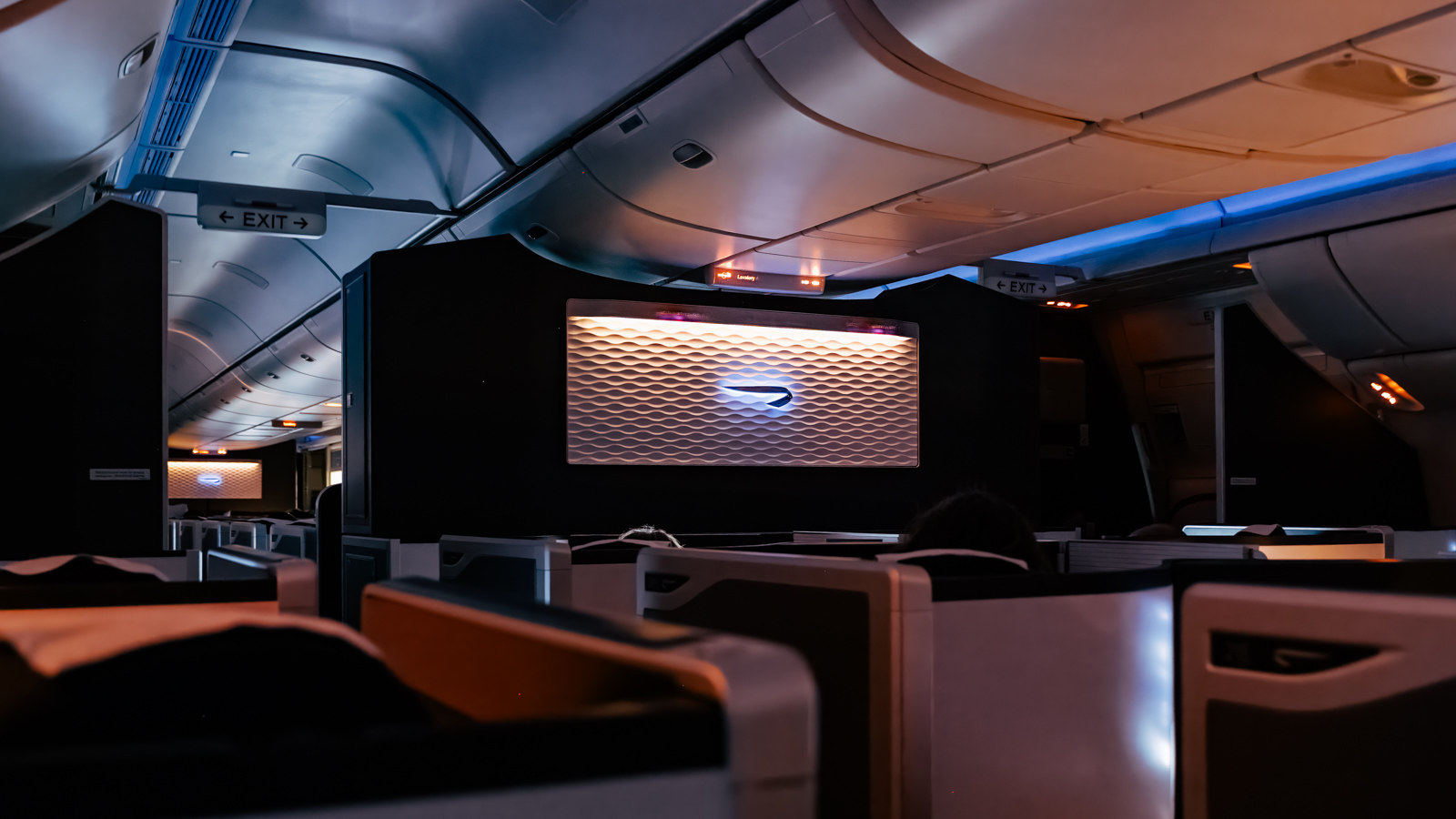
Lounge and boarding
As we are checked in all the way from Colombo to Melbourne, we already have our boarding passes in hand at Singapore. I put my Qantas Platinum status to good use and dash over to the Qantas International First Lounge for an express dinner.
Despite only having 30 minutes, the lounge delivers an exceptional three-course feast with cocktails.
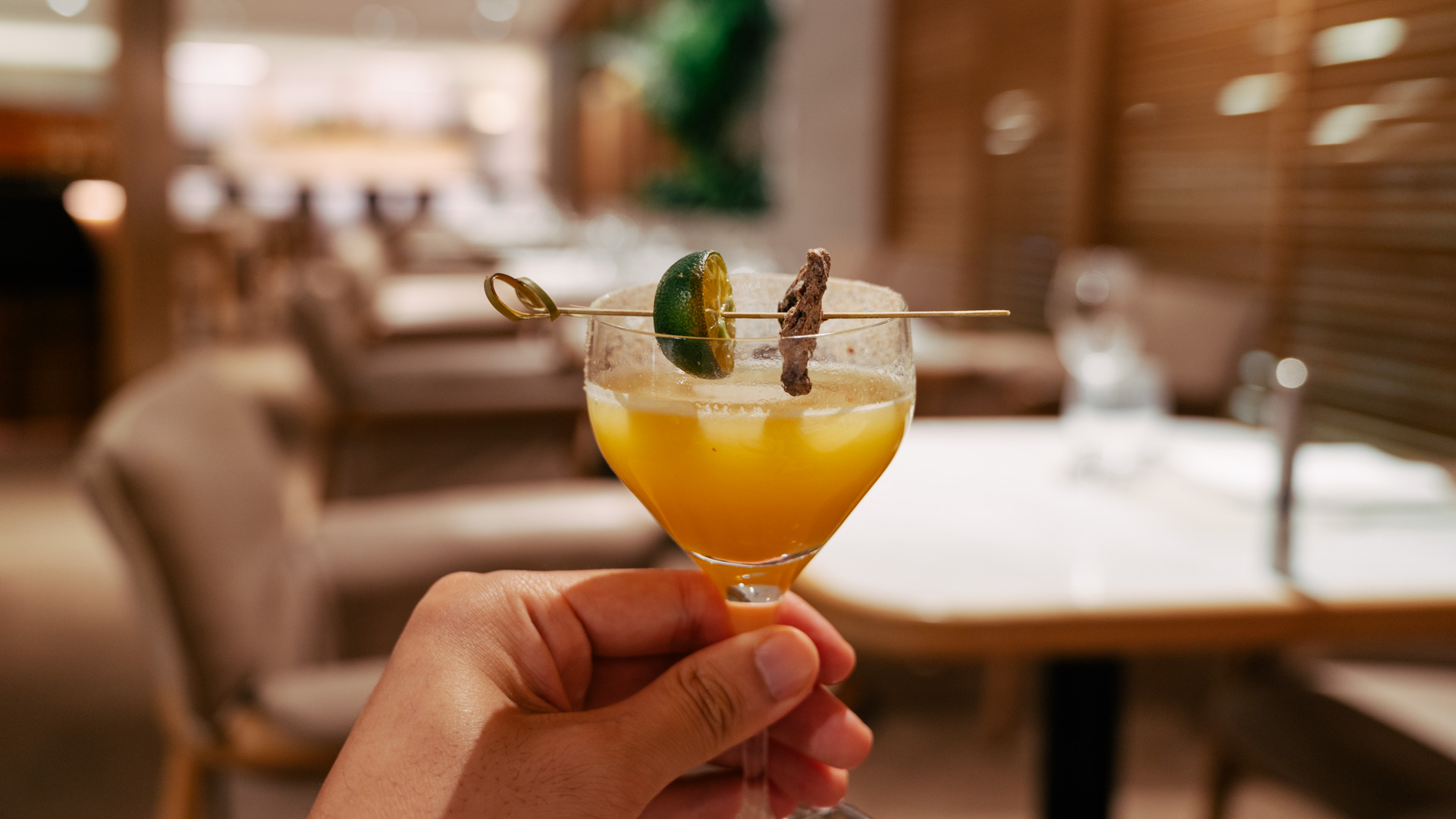
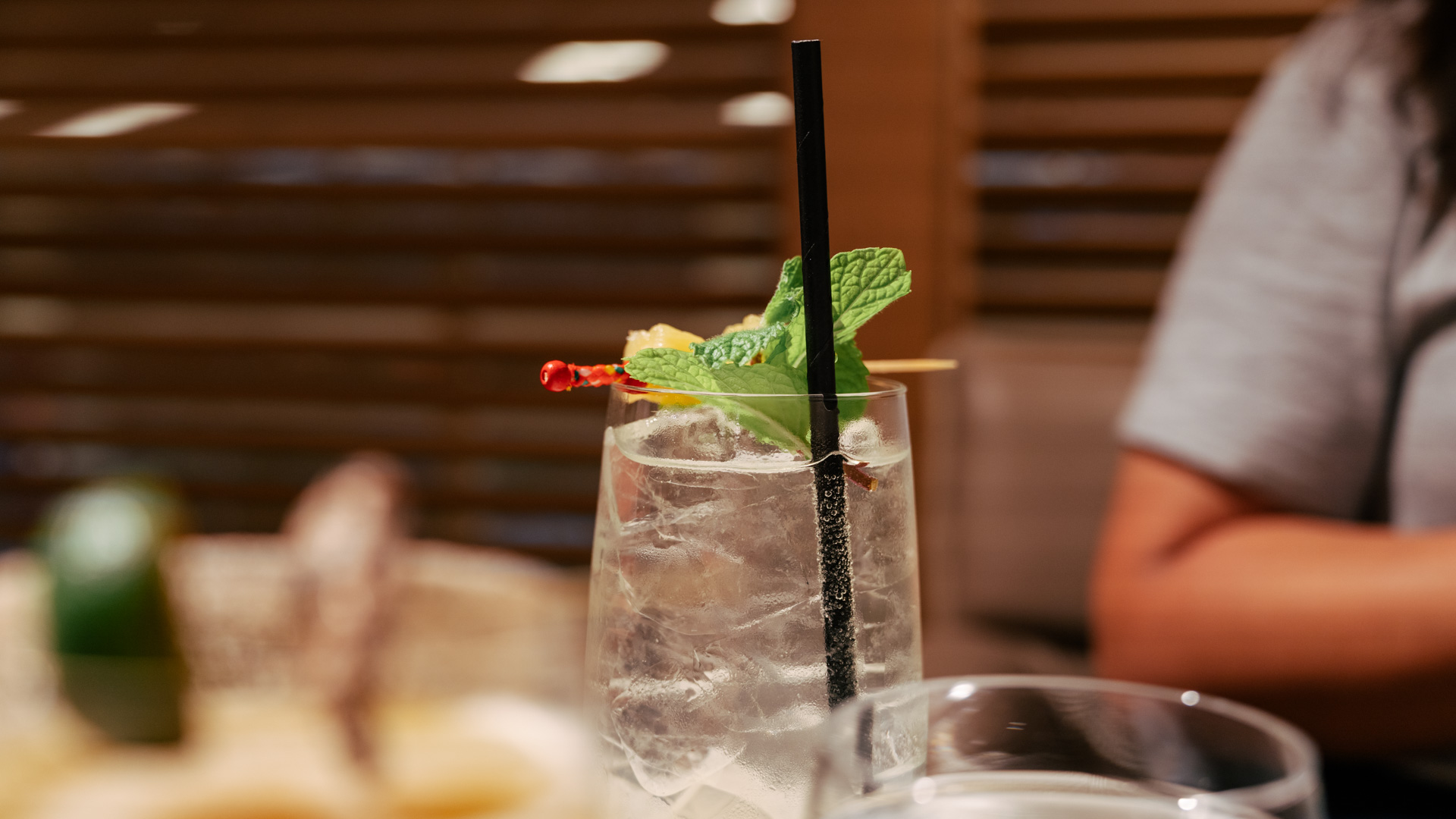
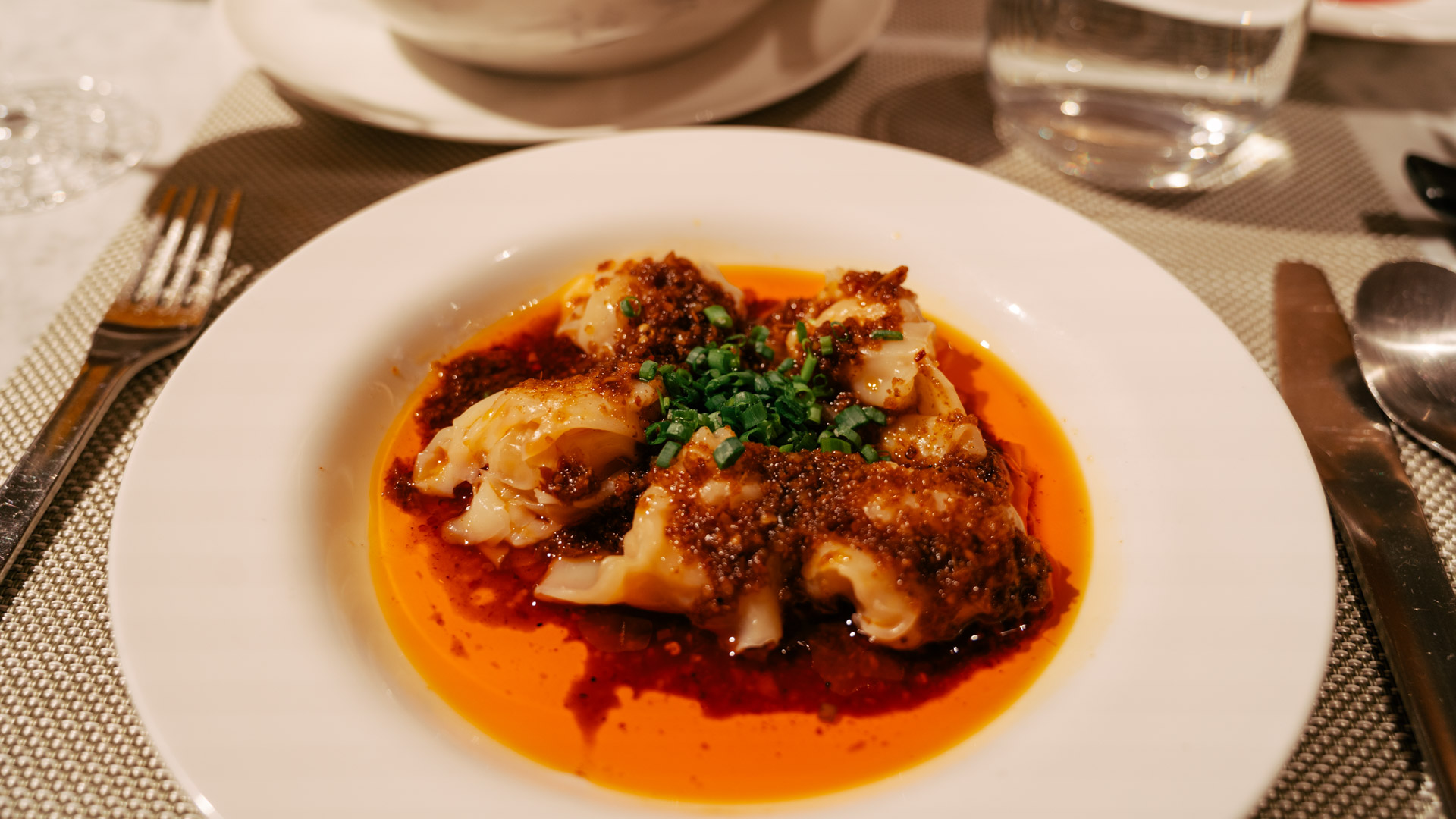
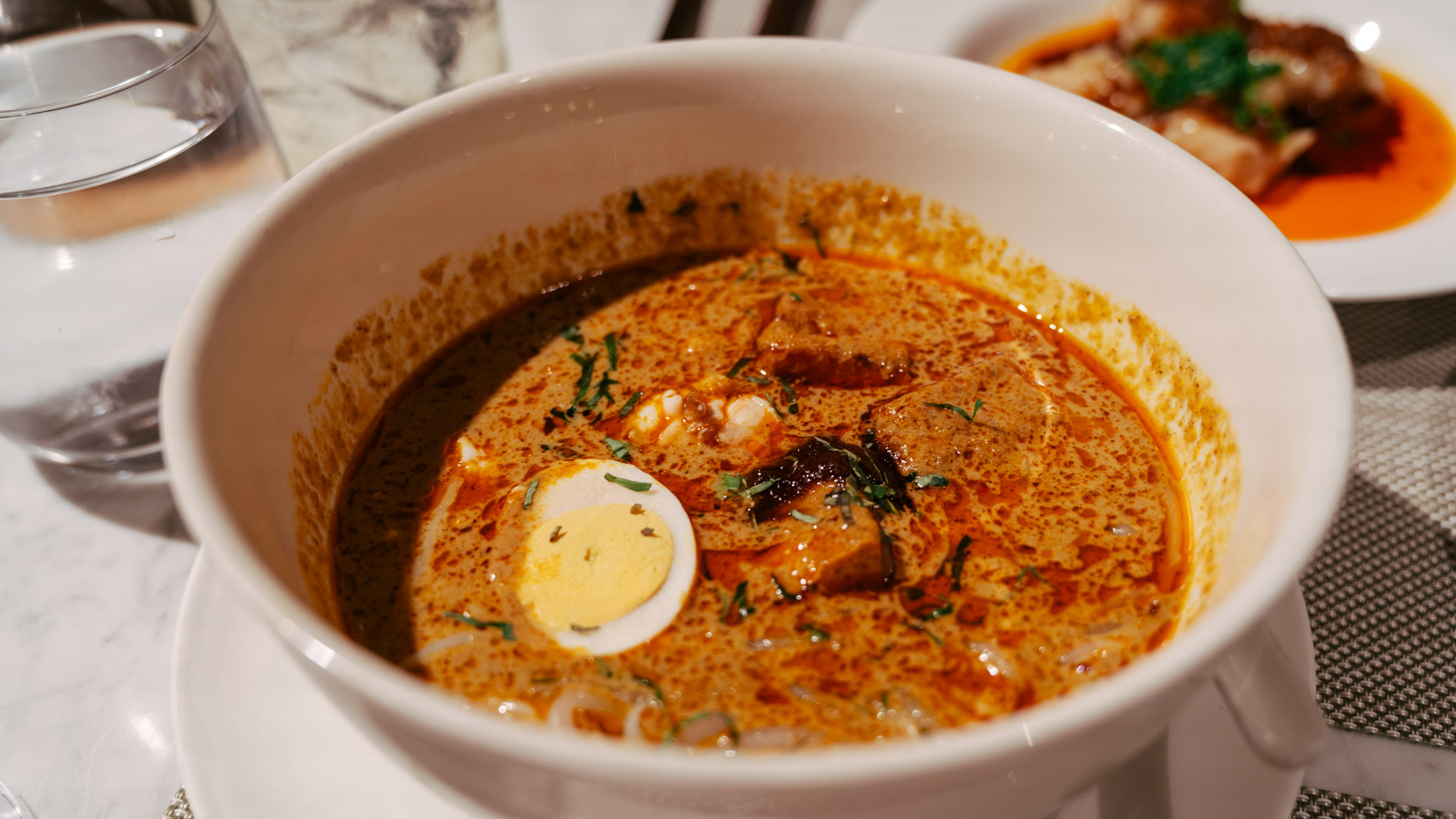

But even if you don’t have Qantas Platinum or equivalent oneworld Emerald status, plenty of other lounges await. Your British Airways Business Class boarding pass unlocks access to British Airways’ own Singapore lounge or the neighbouring Qantas International Business Lounge.
Or, for a fancier dinner, why not head to the exclusive Qatar Airways Premium Lounge? It only accepts Business and First Class passengers on oneworld airlines (such as British Airways) and offers a-la-carte dining. The lounge is open from 6:00 pm, so there’s ample time for a visit before the 8:05 pm British Airways departure.
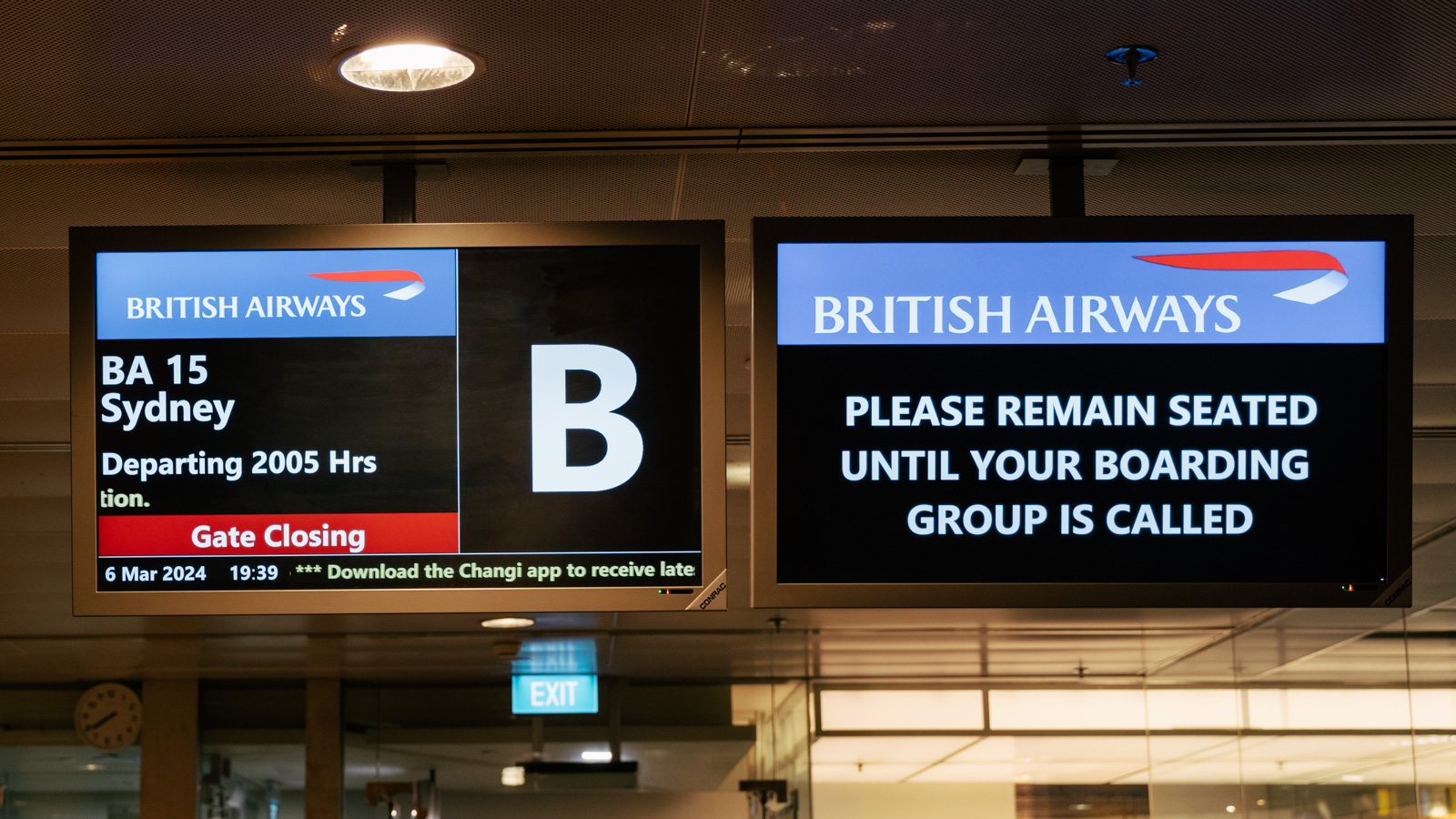
Security formalities need to be completed again at the gate. Due to our indulgent dinner, boarding is already underway. We scoot right onto the plane after clearing security.
British Airways Club Suites seating and layout
Based on the familiar Collins Aerospace Super Diamond seat, the 76 Club Suites are outfitted in a 1-2-1 reverse herringbone layout. This ensures optimal privacy with middle seats facing the centre and window seats looking outwards.
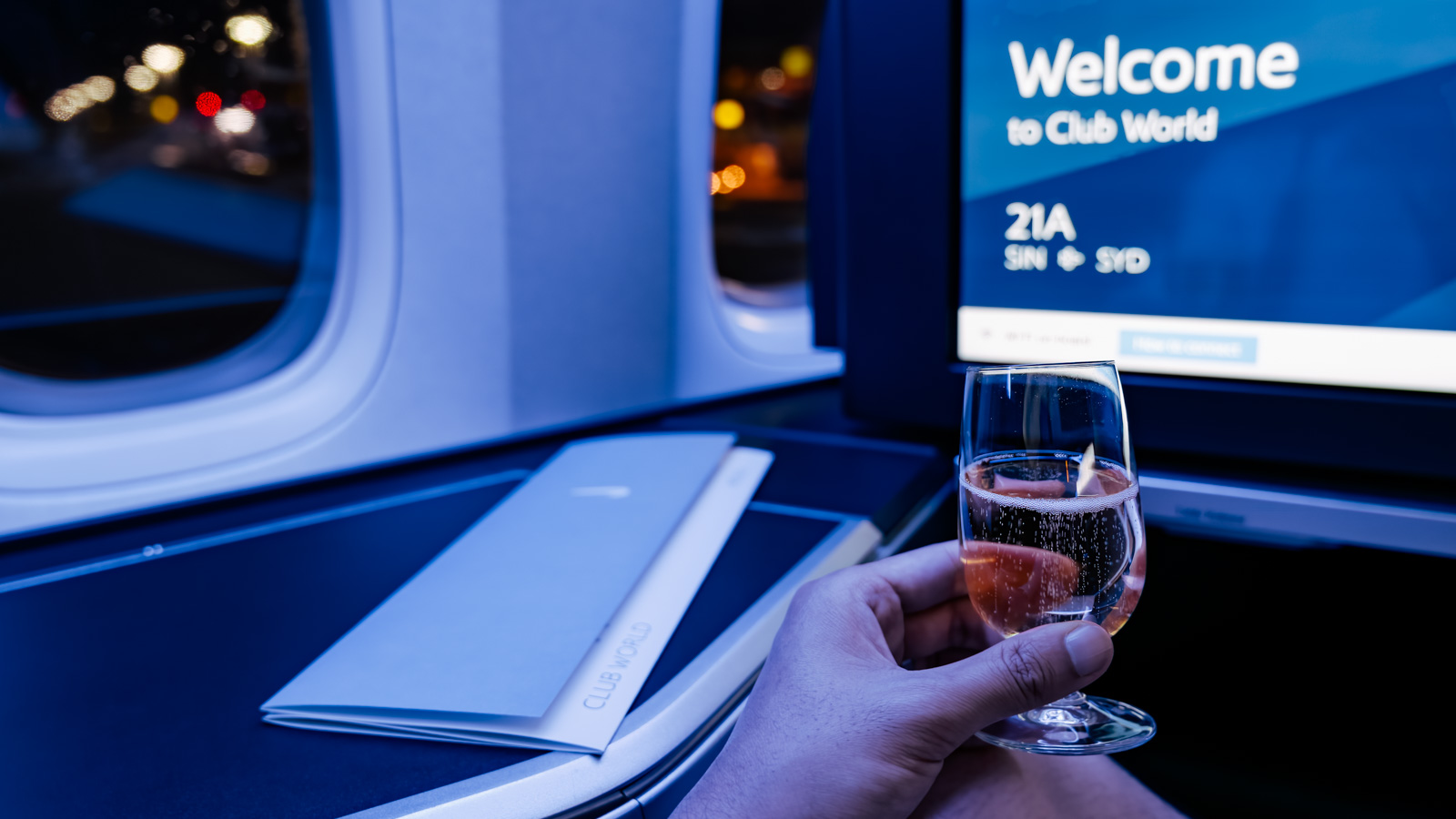
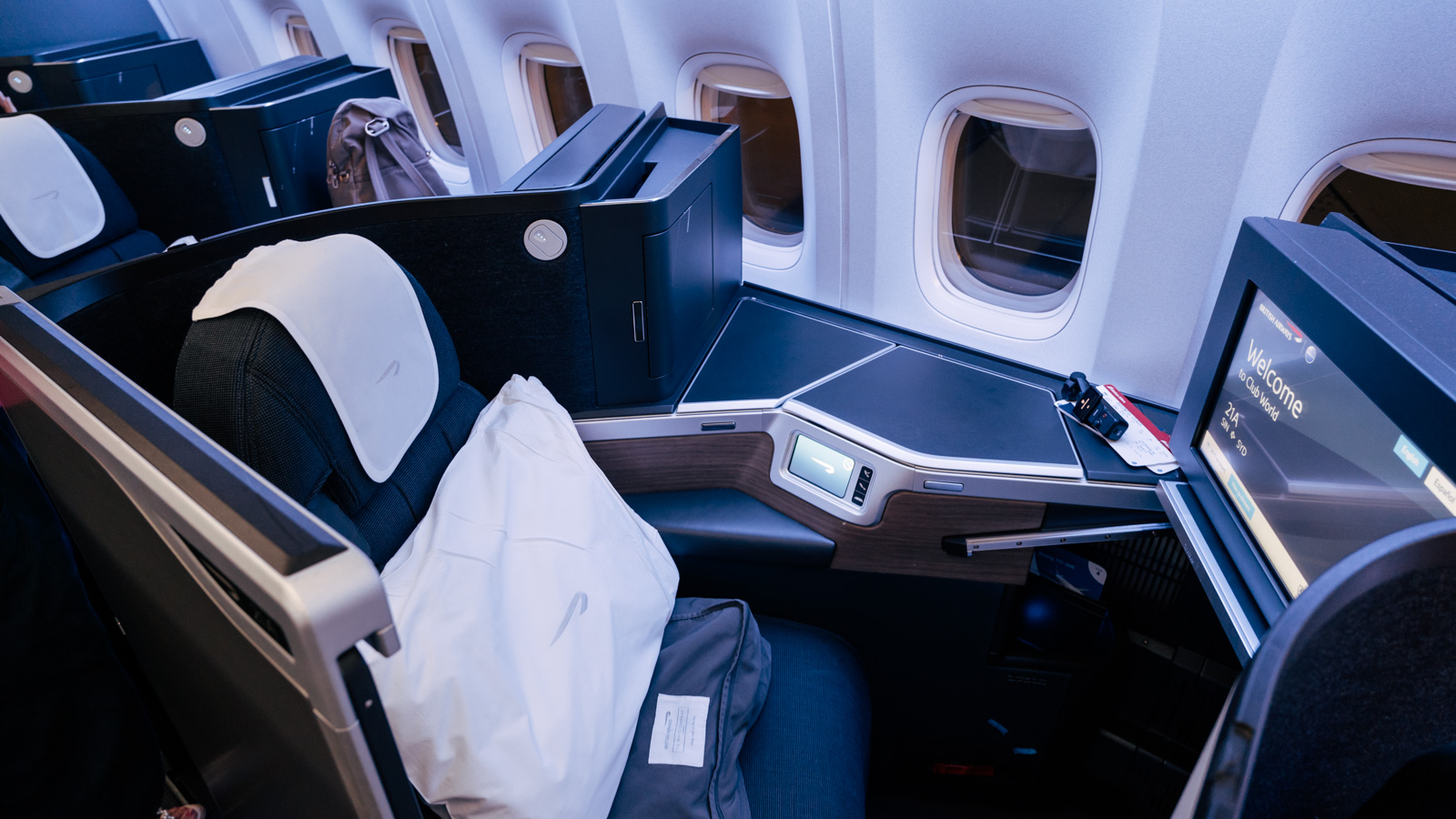
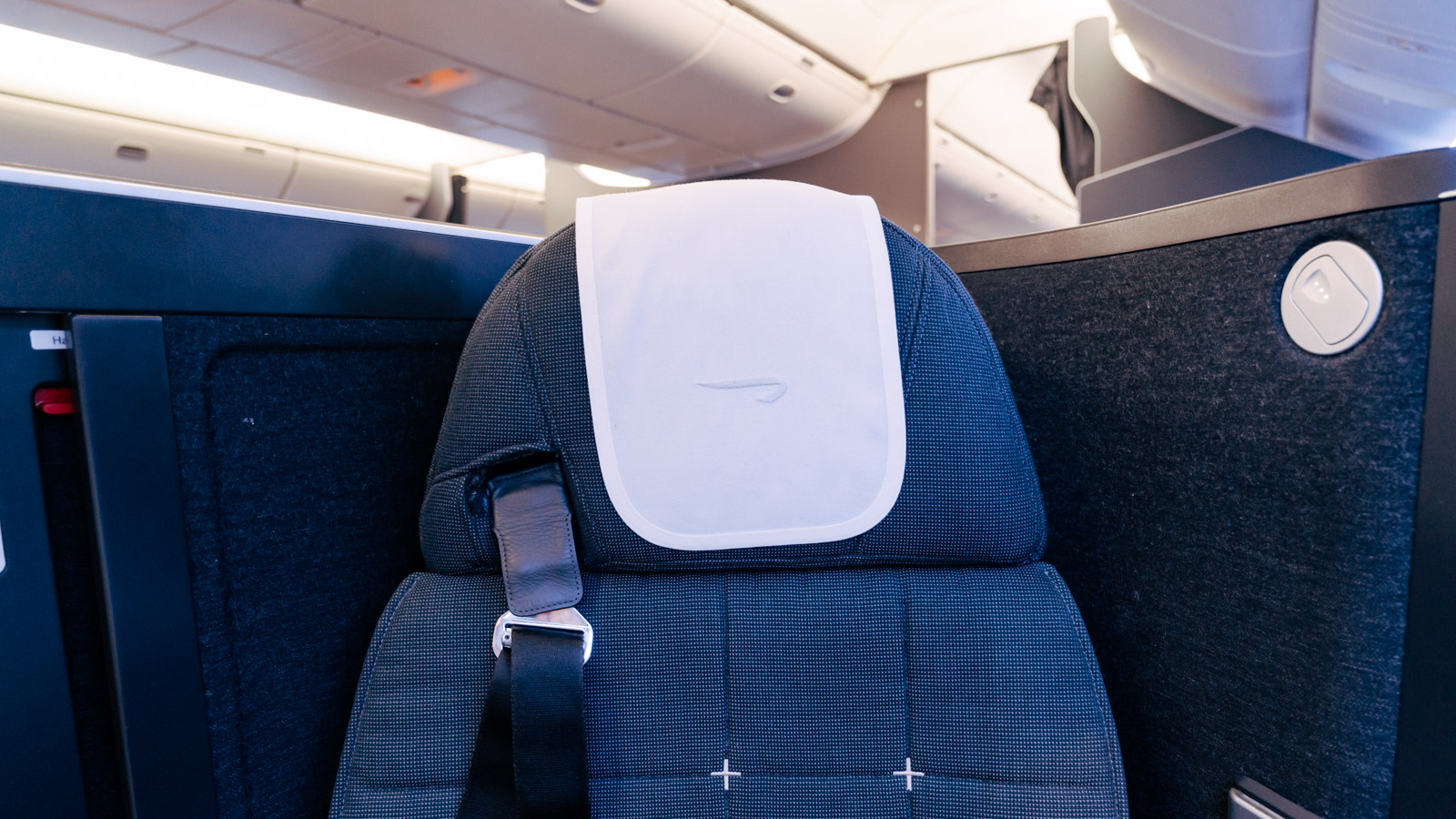

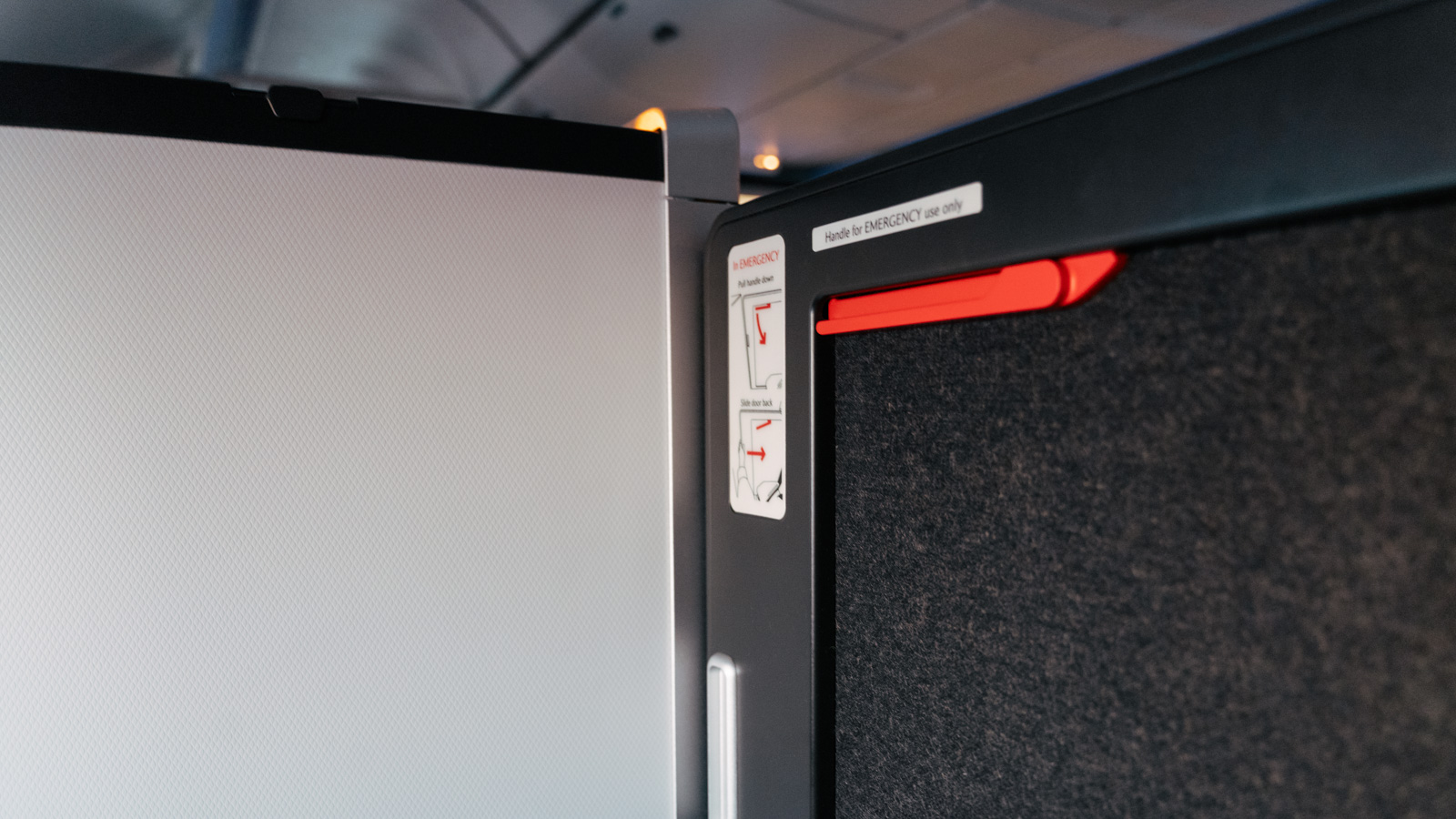
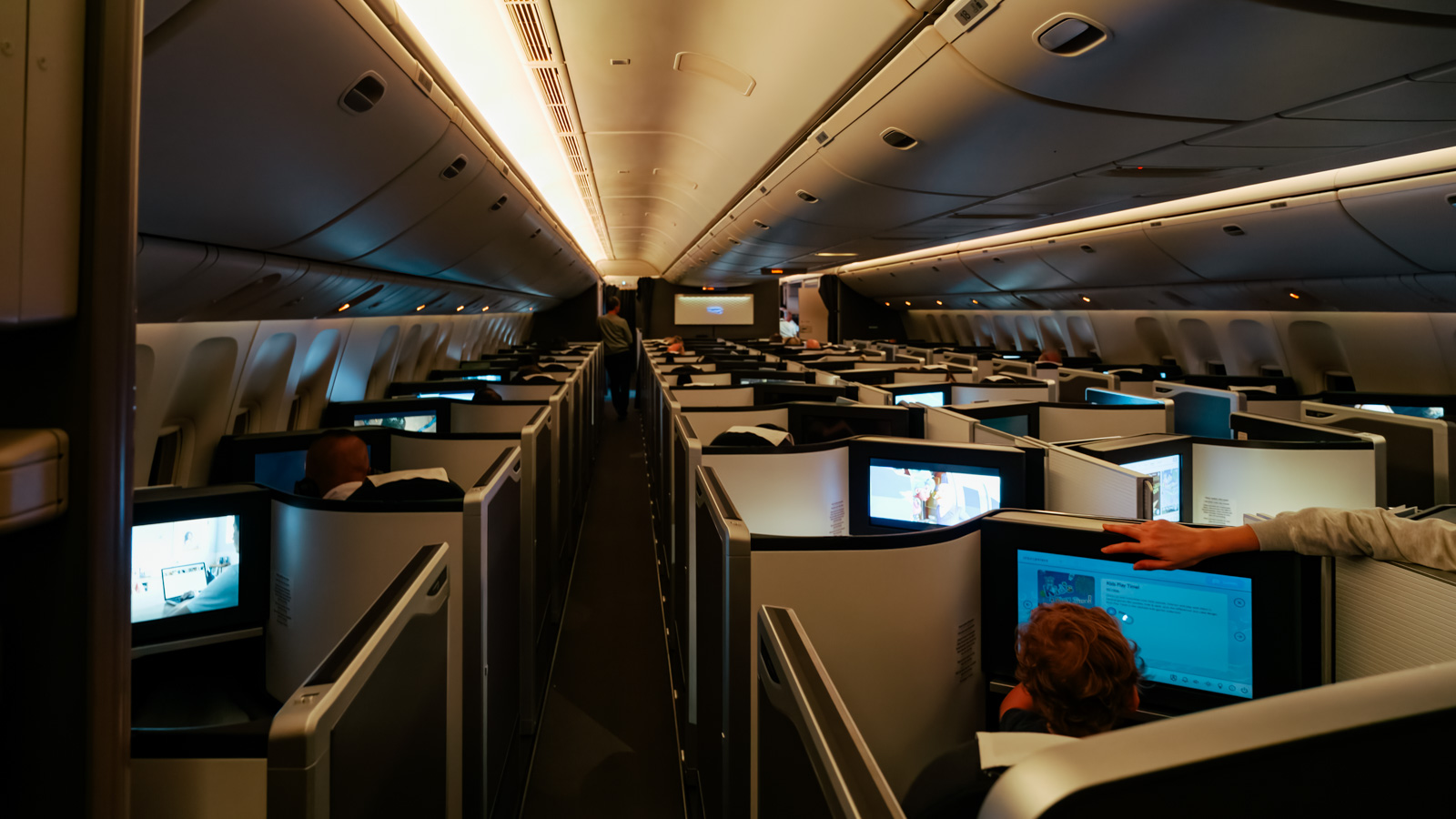
I instantly feel at home with the grey fabric and white quilted pattern stitching creating a cosy appearance. Each suite has its own sliding door, which adds to the appeal. The door isn’t electronic – you need to open and close it manually. The cabin crew locks the door in place for take-off and landing.
As expected with this style of seat, there’s ample storage space. I’m delighted to find four different compartments – one for flat items, such as my passport, one for tech (with space for cables to poke out underneath the lid), another under the console for bulkier items, and a swing-out panel that houses the amenity kit and water bottle.
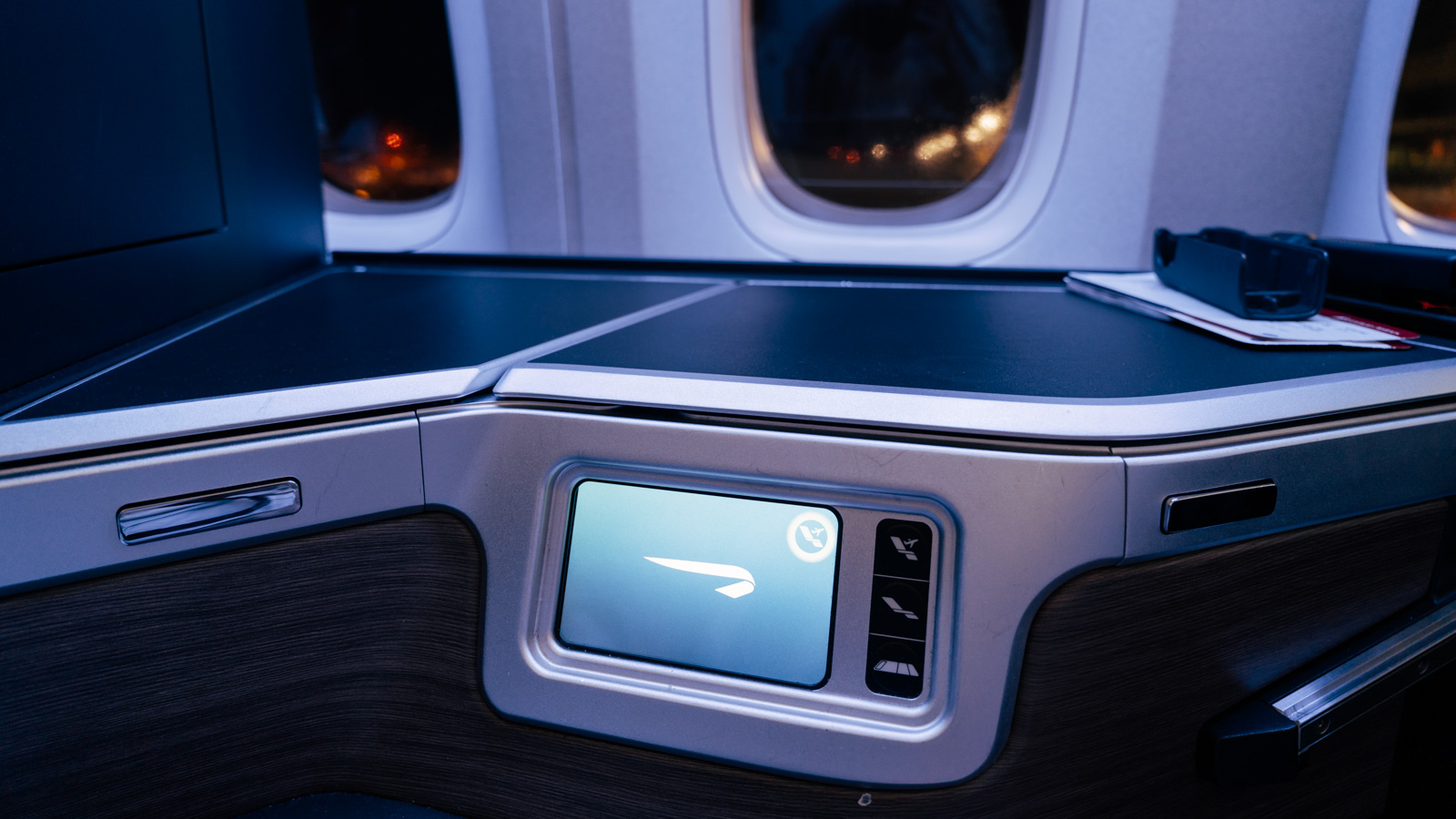
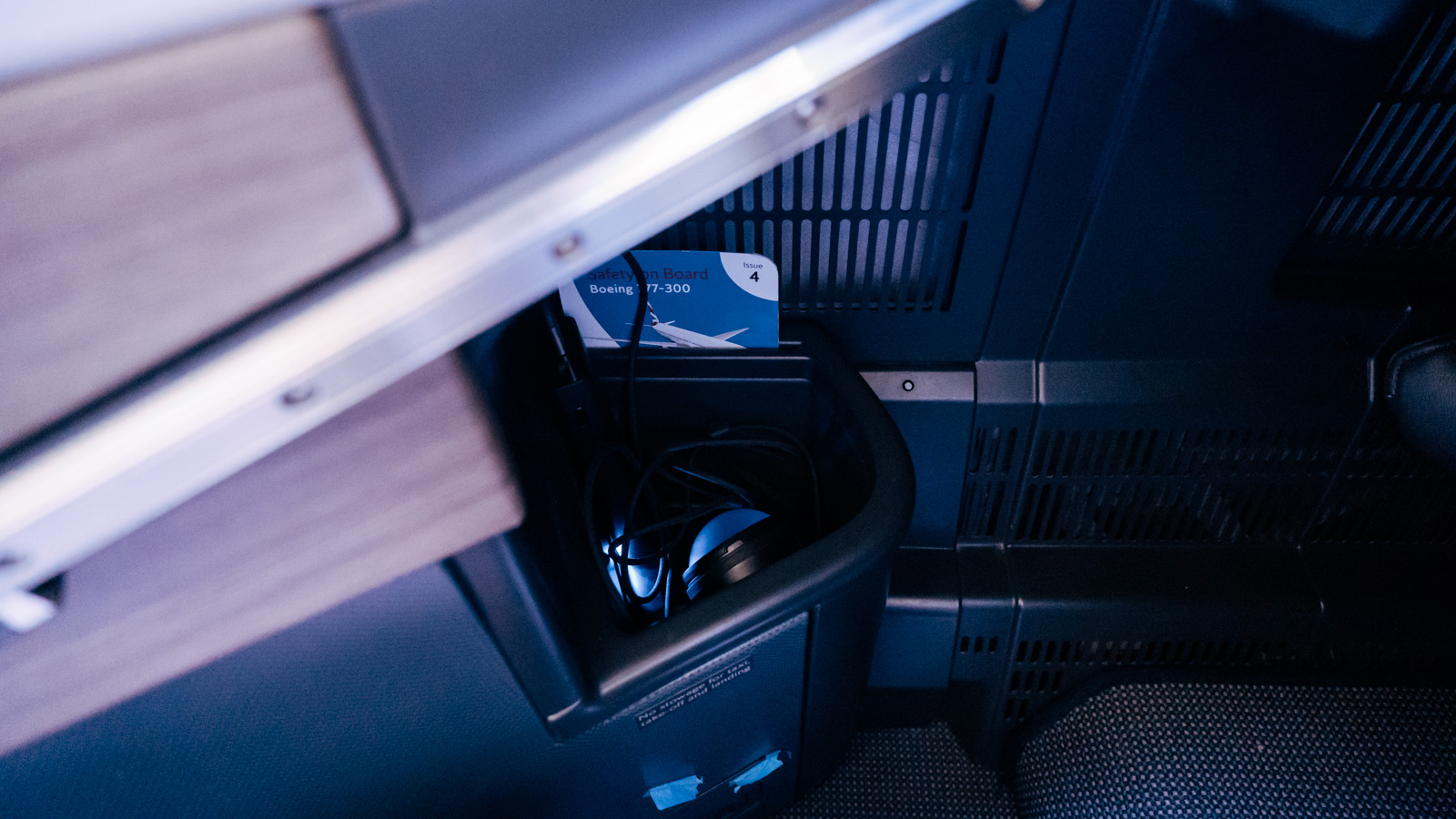

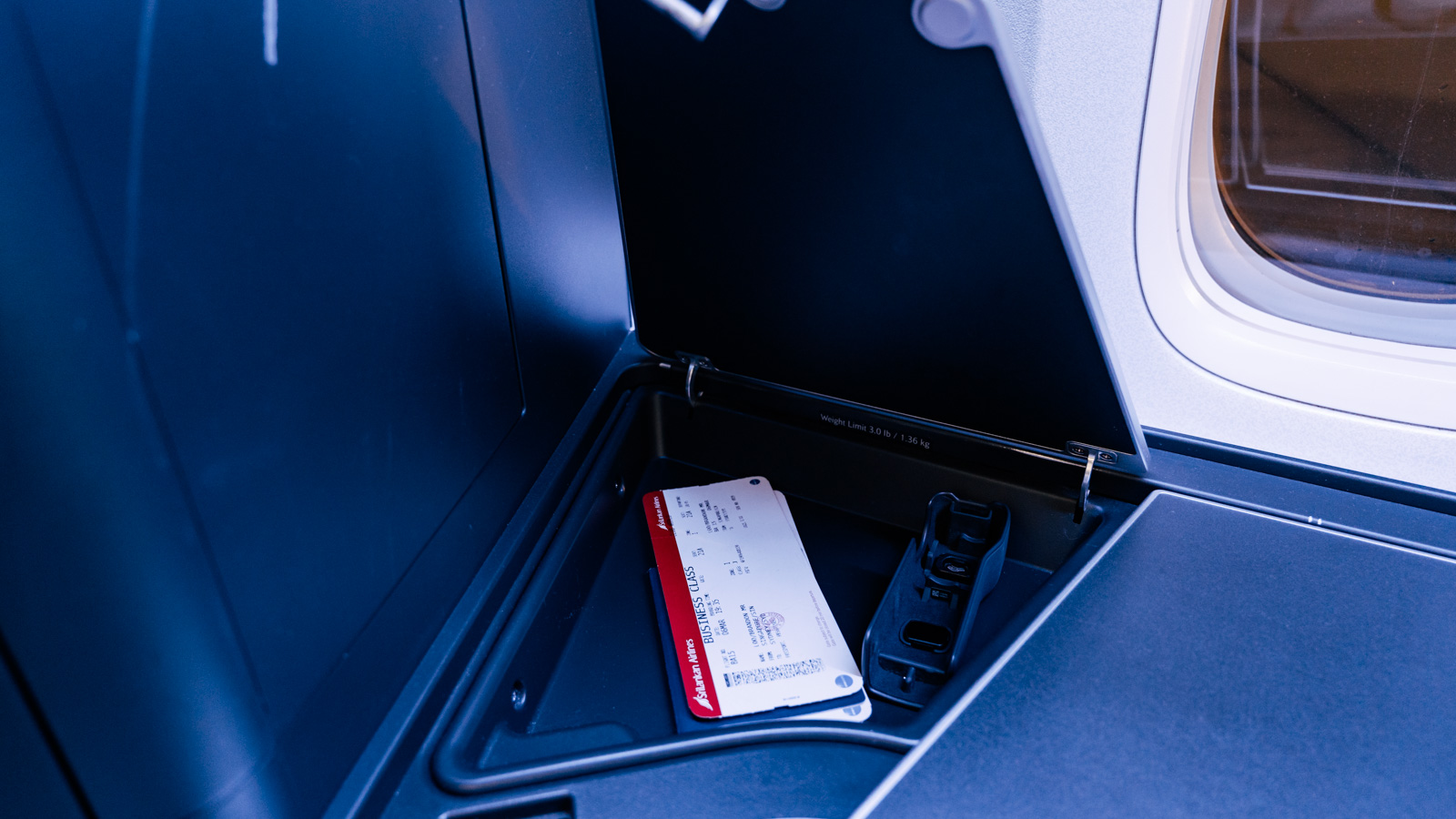

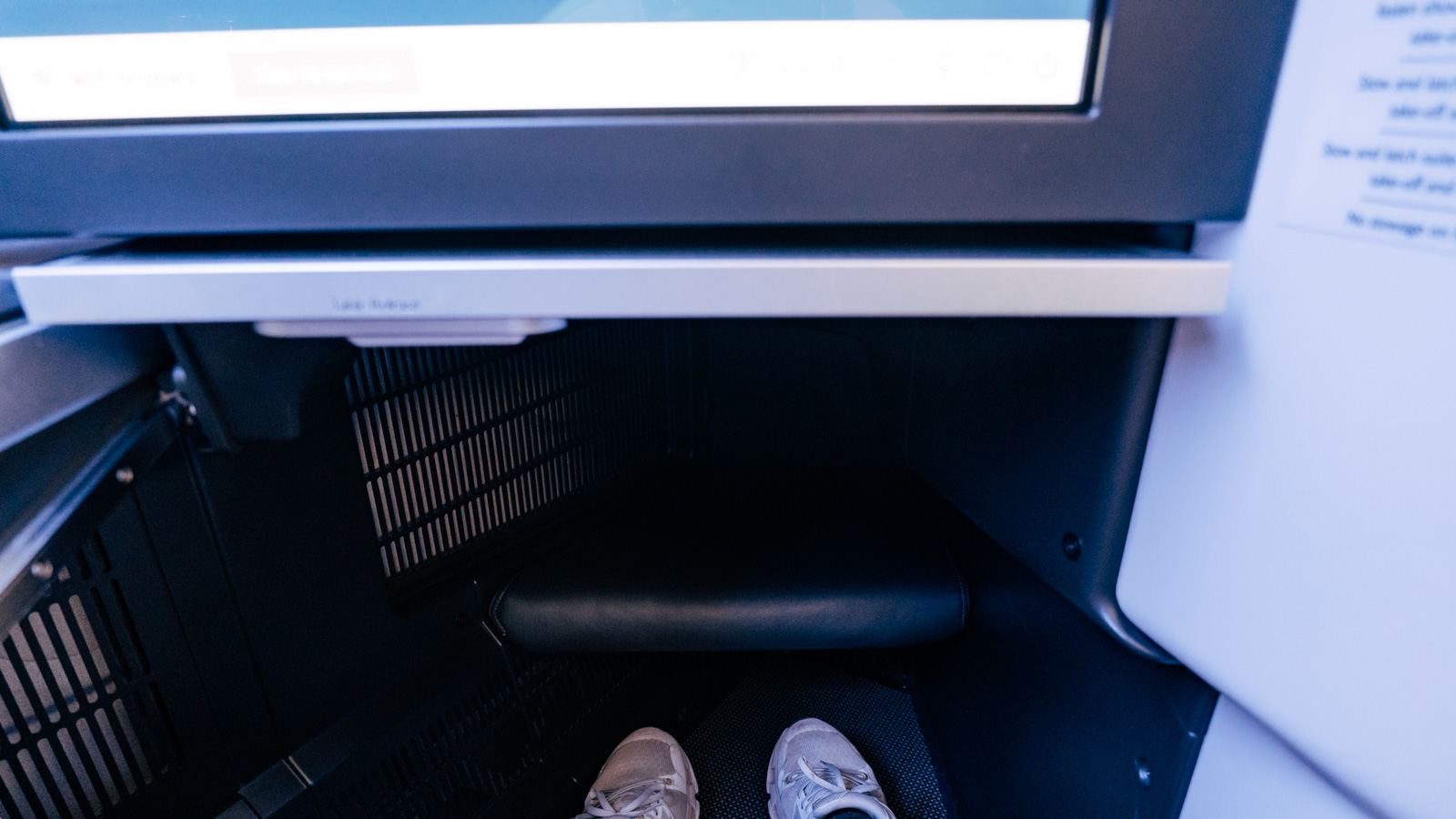
A nifty touchscreen controls the seat recline and functions, although I mainly use the pre-programmed hard buttons on the side to go to bed mode and up again.
No pyjamas are provided (I bring my own loungewear instead), but the bedding is top-notch. Pillows, blankets, and a mattress pad from The White Company are provided and feel luxuriously soft. It all helps me get a few hours of precious sleep on this red-eye flight.

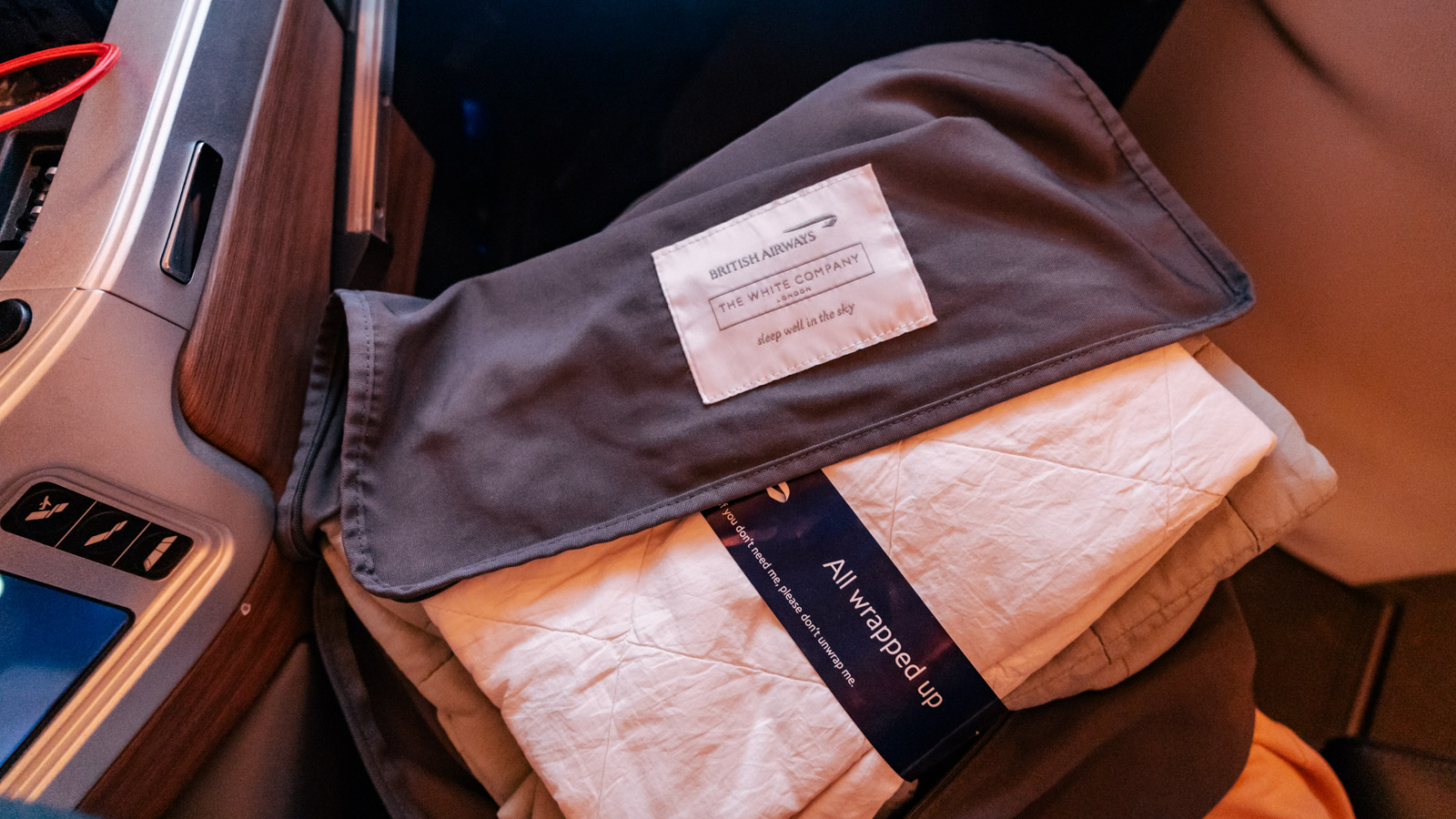
British Airways Club Suites food and beverage
With an 8:05 pm departure and a 6:10 am arrival in Sydney, the smartest course of action would be to dine in the lounge(s) and maximise your sleep onboard. But British Airways does serve up a full dinner and light breakfast if you desire.
Service starts with a round of drinks and snacks. I quite enjoy the ‘Johnnie Ginger’ – Johnnie Walker Black Label, orange juice and ginger ale. I’m also pleased to see premium Fever-Tree mixers on the menu, including the Refreshingly Light tonic water, which is perfect for a G&T with a bit less guilt.
(Scroll through the carousel to see the inflight menu).
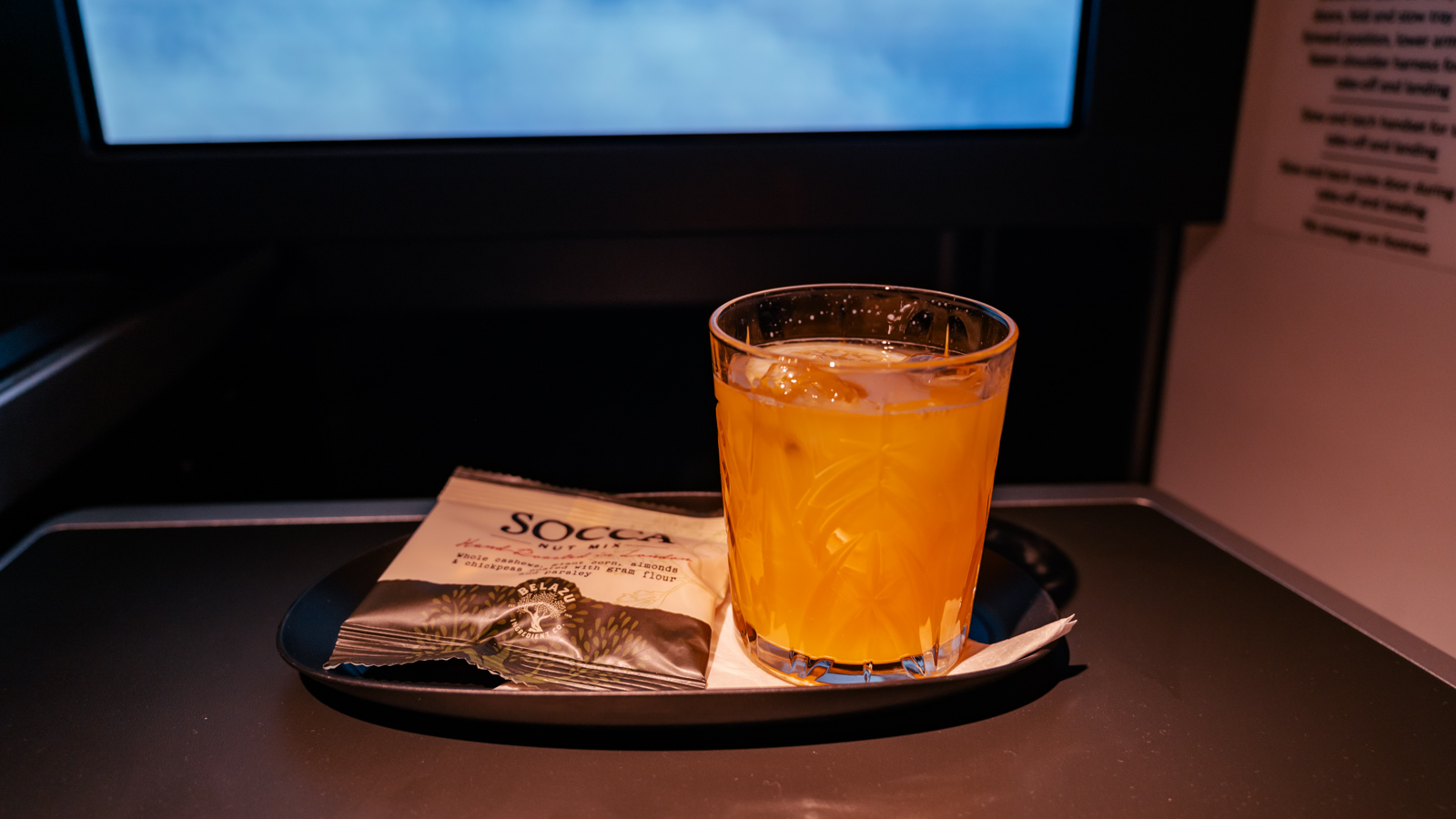
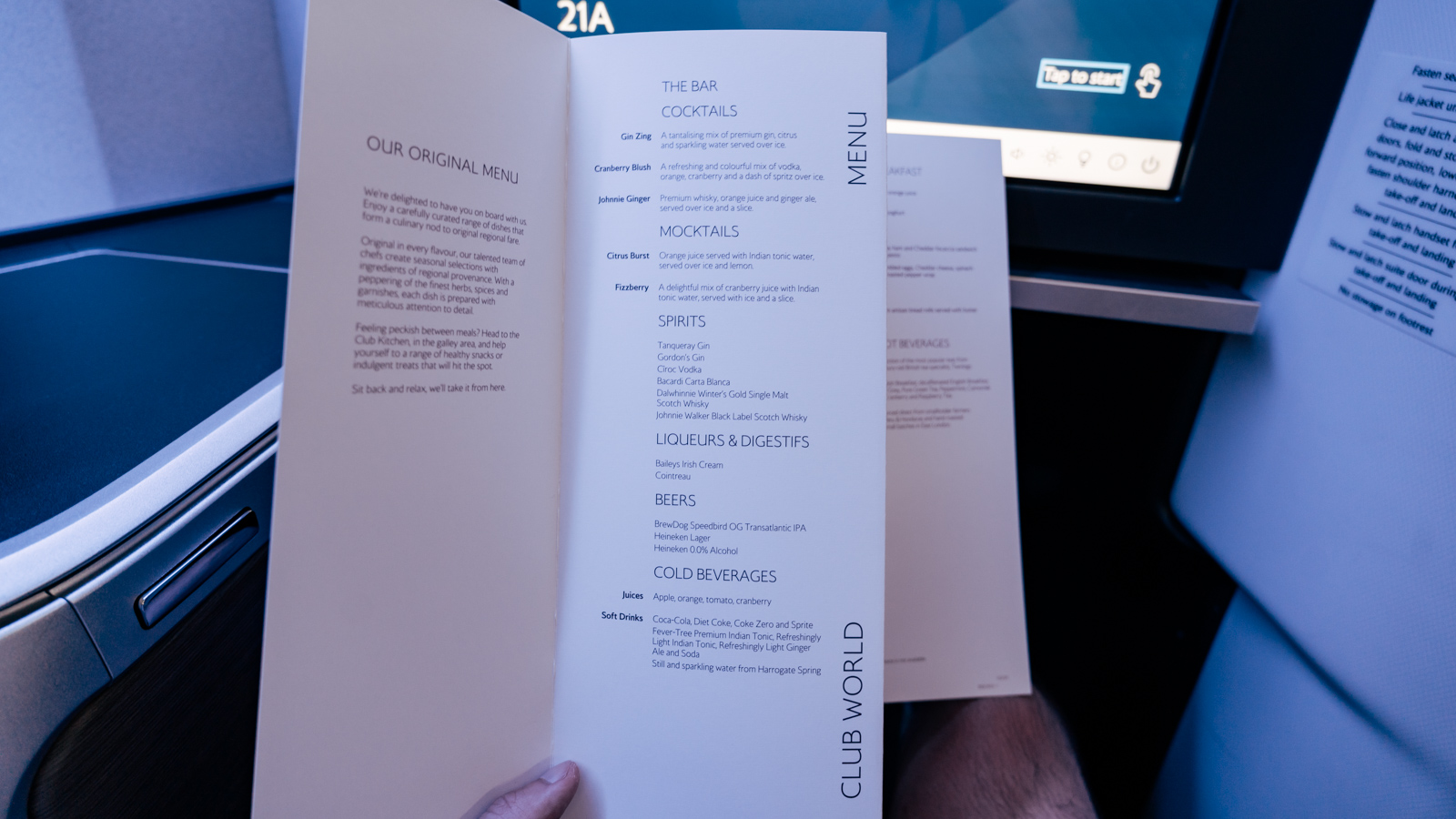
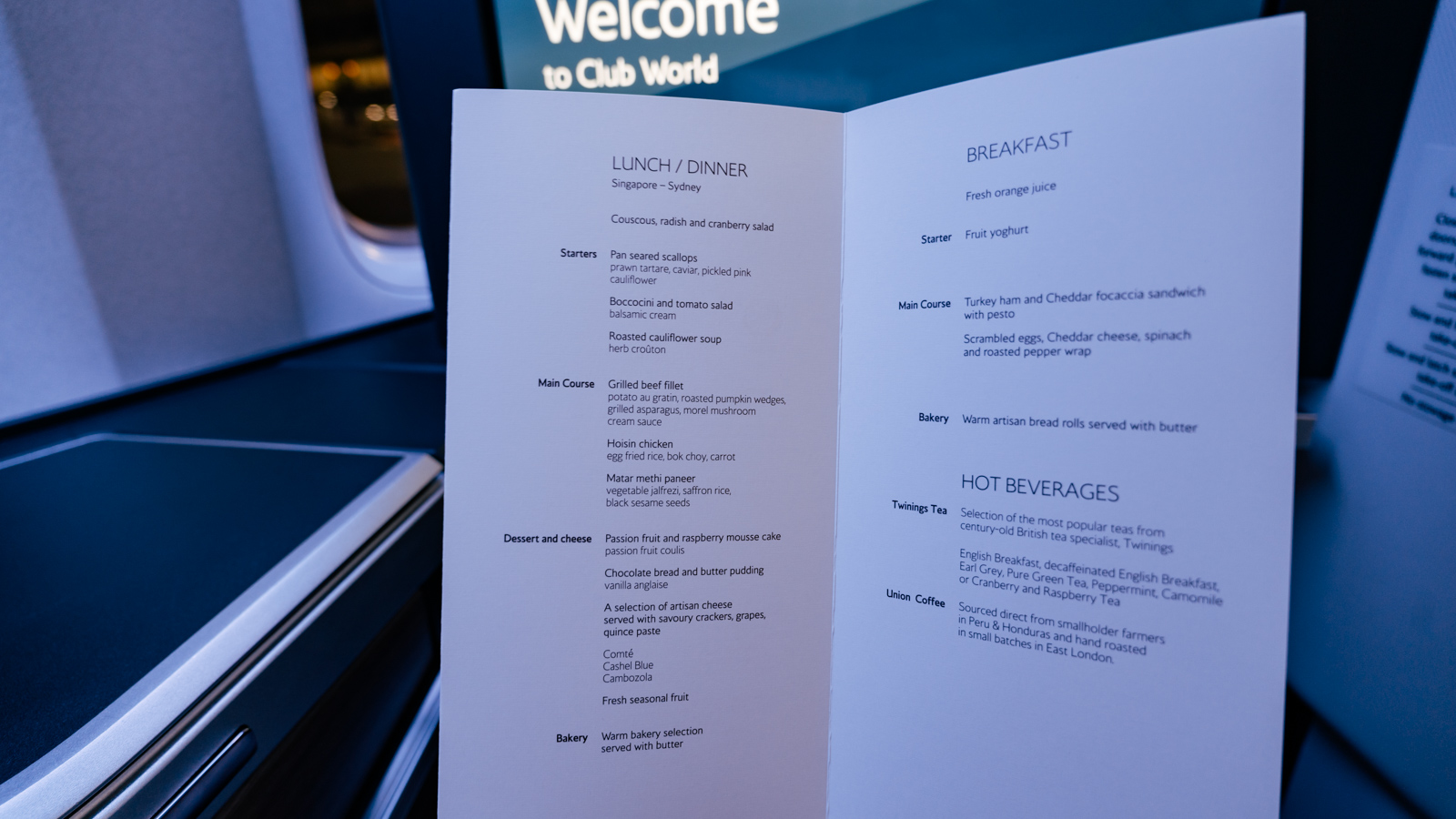
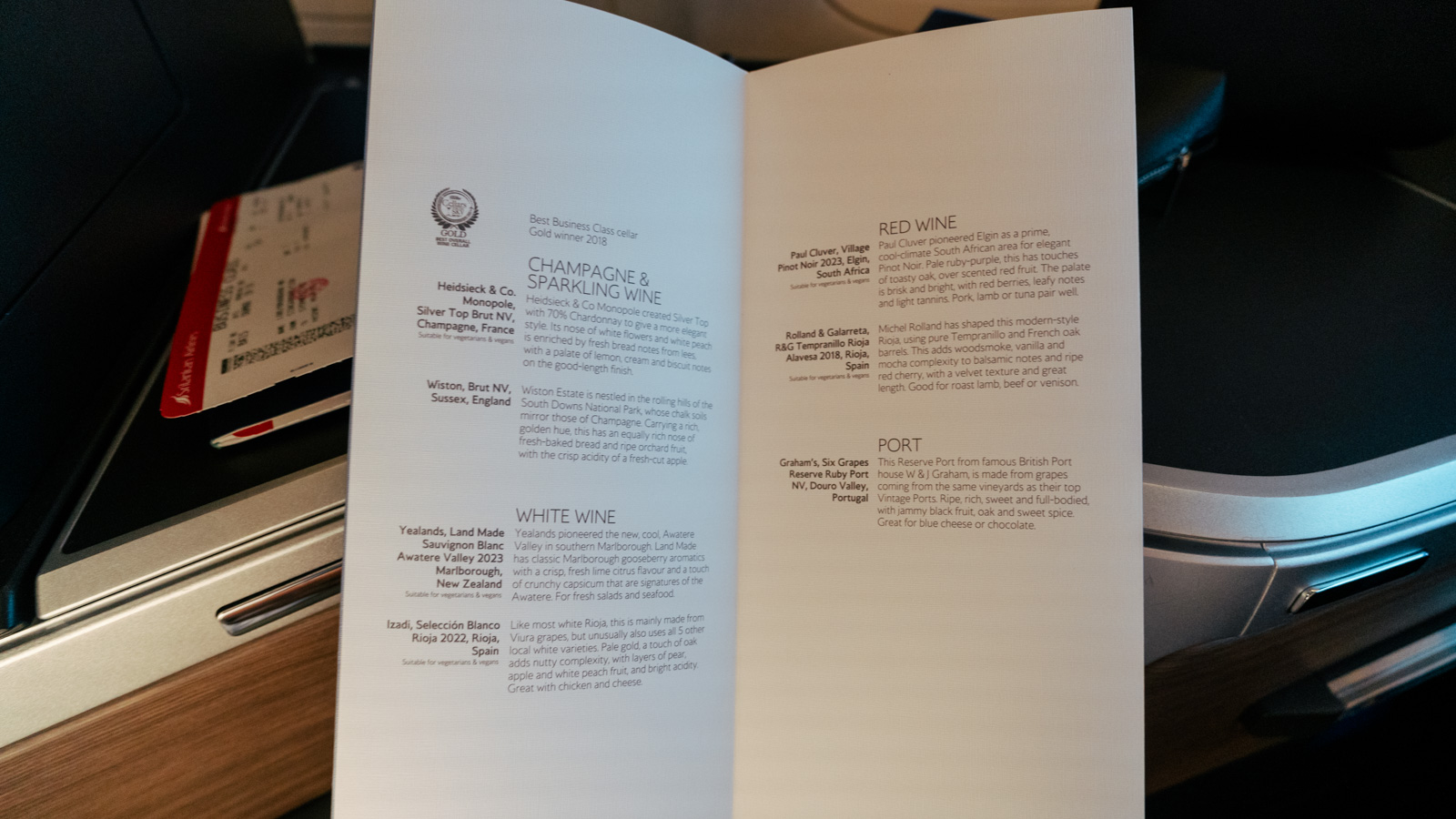
For starters, the pan-seared scallops with prawn tartare and caviar is a sumptuous plate of seafood. Light and fresh, I’d happily order it over and over. Meanwhile, Victoria chooses the delightful bocconcini and tomato salad.
My main course pick is the grilled beef fillet. While still a tad overcooked, it’s still tasty and tender enough to cut with a knife without much effort. One of the better steaks I’ve had in the air (and they can be quite variable).
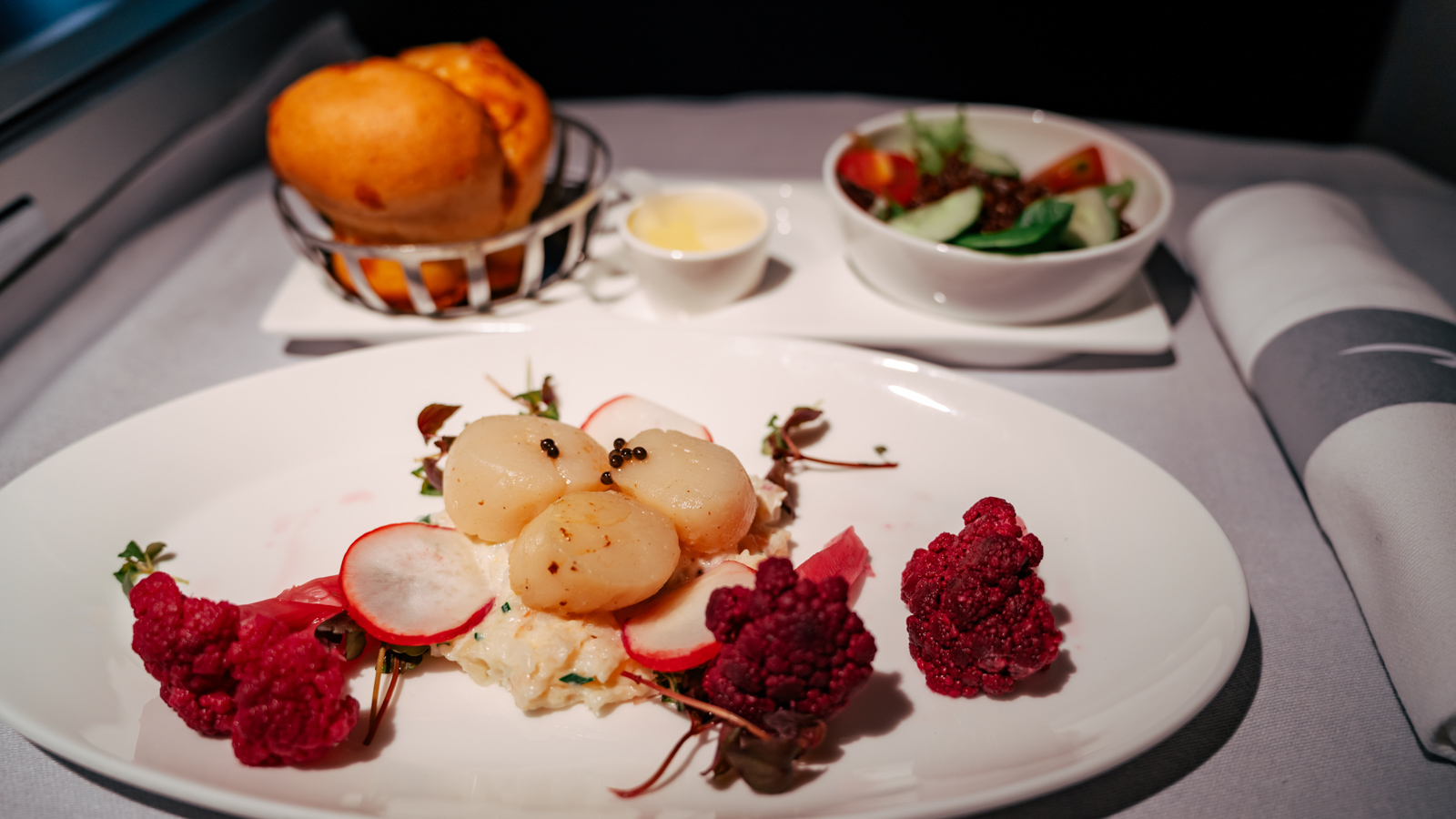
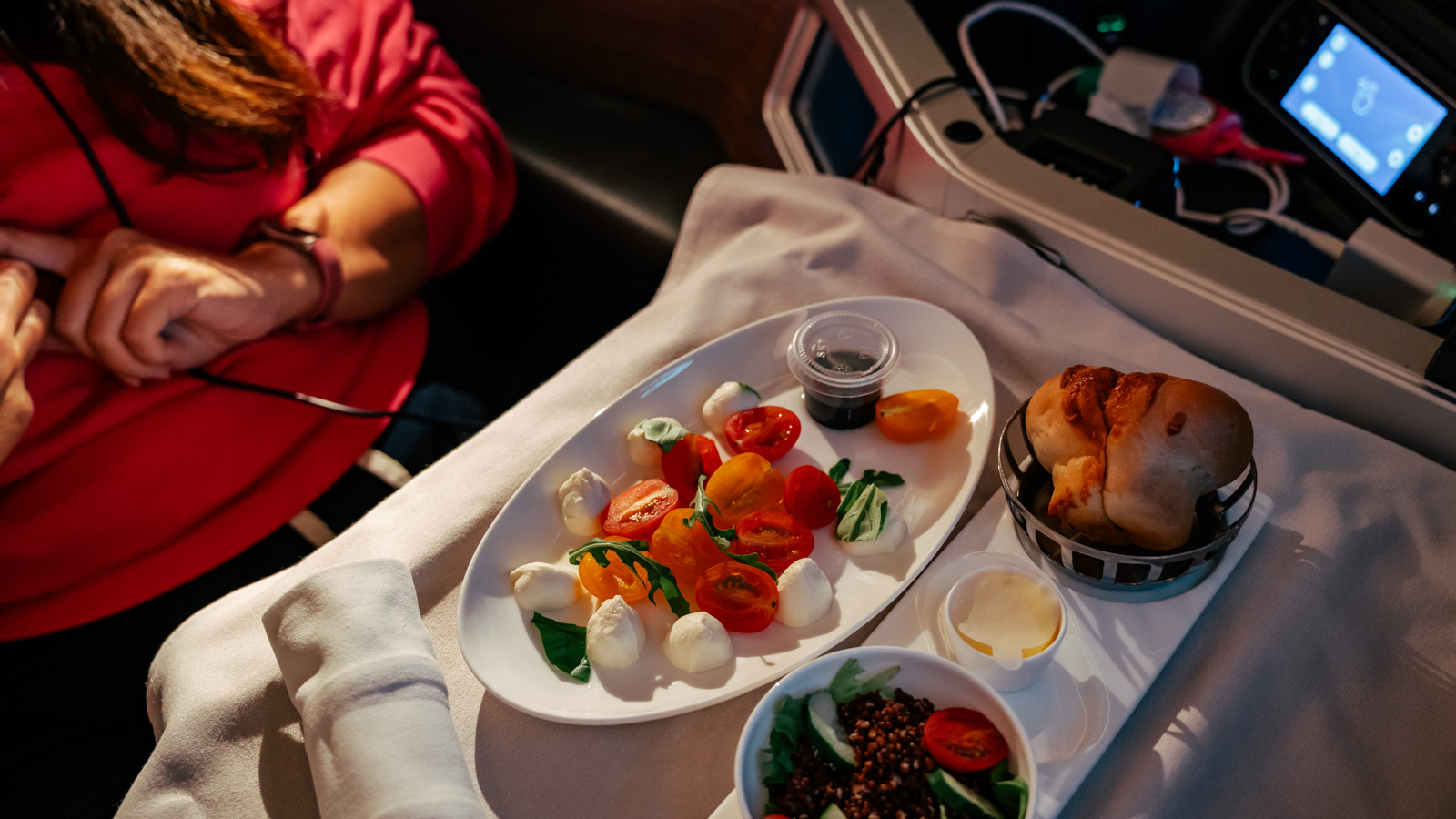

But it’s not all smooth sailing. I regret picking the passionfruit and raspberry mousse cake for dessert. It’s simply too sweet, and a plate of fresh seasonal fruits would have been a better option.
With my plan to eke out a few more minutes of sleep, I initially decline a hot breakfast. But after waking up and seeing that service is still going, I request a light meal of yogurt and croissants, which the crew happily indulges me in.
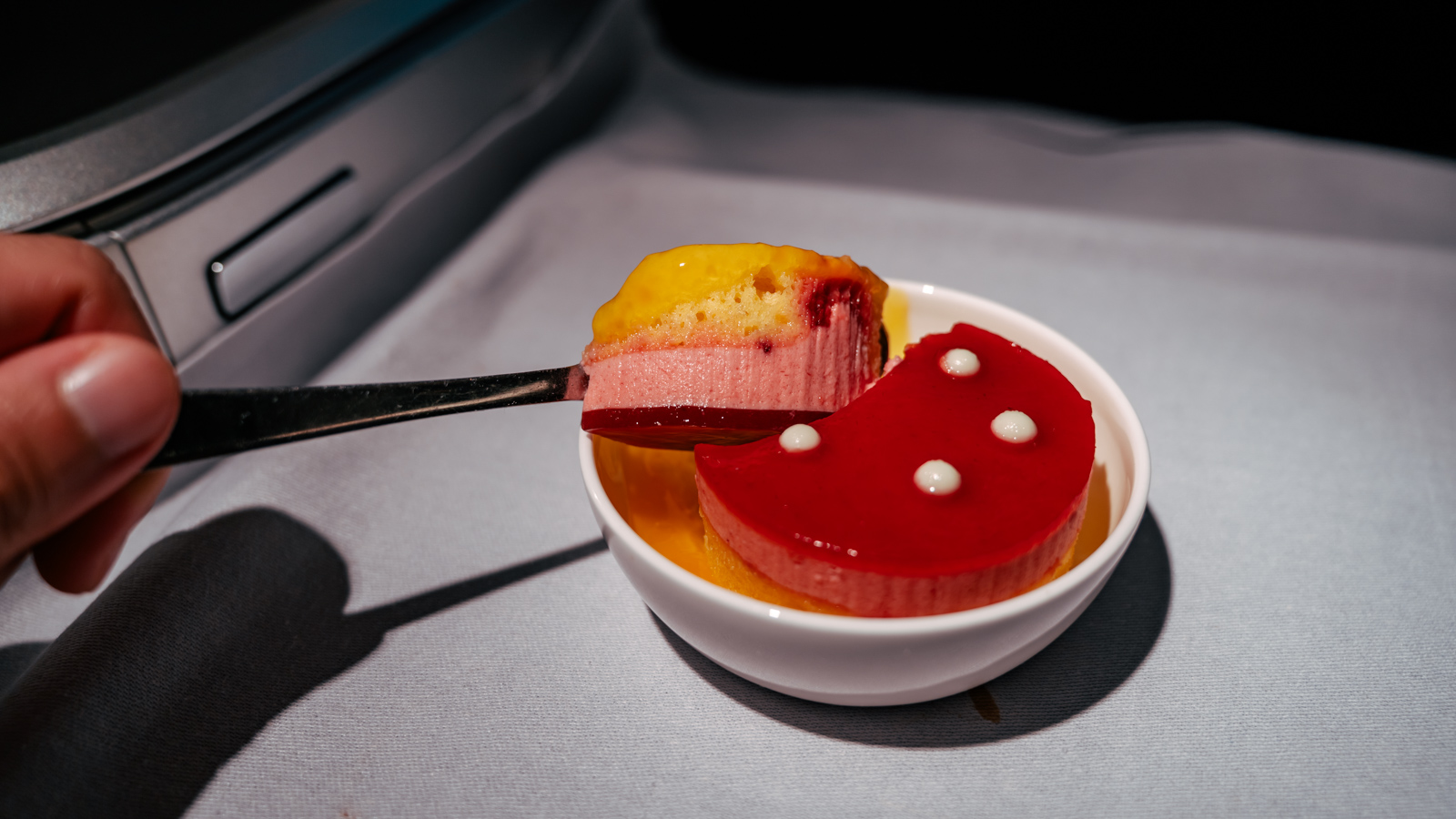
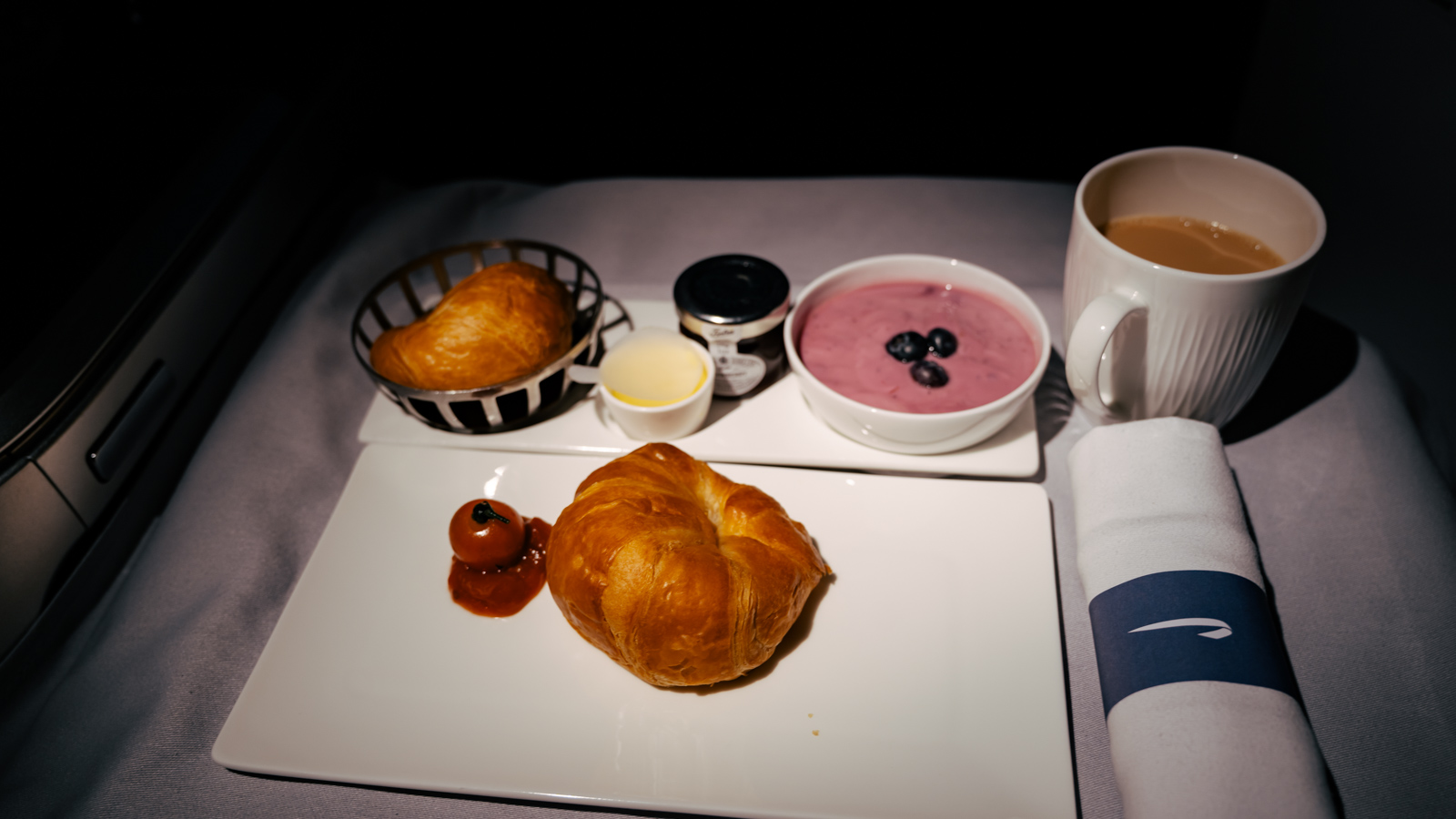
Overall, I’d rate British Airways’ food as being better than Qantas and on par with Singapore Airlines, in terms of presentation and quality. However, I feel the dinner service takes too long.
We take off close to 8:55 pm. My starter comes at 9:55 pm, main course at 10:35 pm and dessert at 10:50 pm. Breakfast then comes at 2:35 am (Singapore time, 90 minutes before landing), leaving just under 4 hours of sleeping time. As I mention earlier, if sleep is a priority, you’ll need to skip one or both of the meal services.
Club Suites amenities and service
The White Company also supplies the amenity kit and a lovely set of scented hand products in the lavatory. Inside the kit, you’ll find pulse point oil, luxury lip balm, and gentle moisturiser alongside essentials such as a dental kit, eye mask and pen. It’s quite handy as amenity kits go.
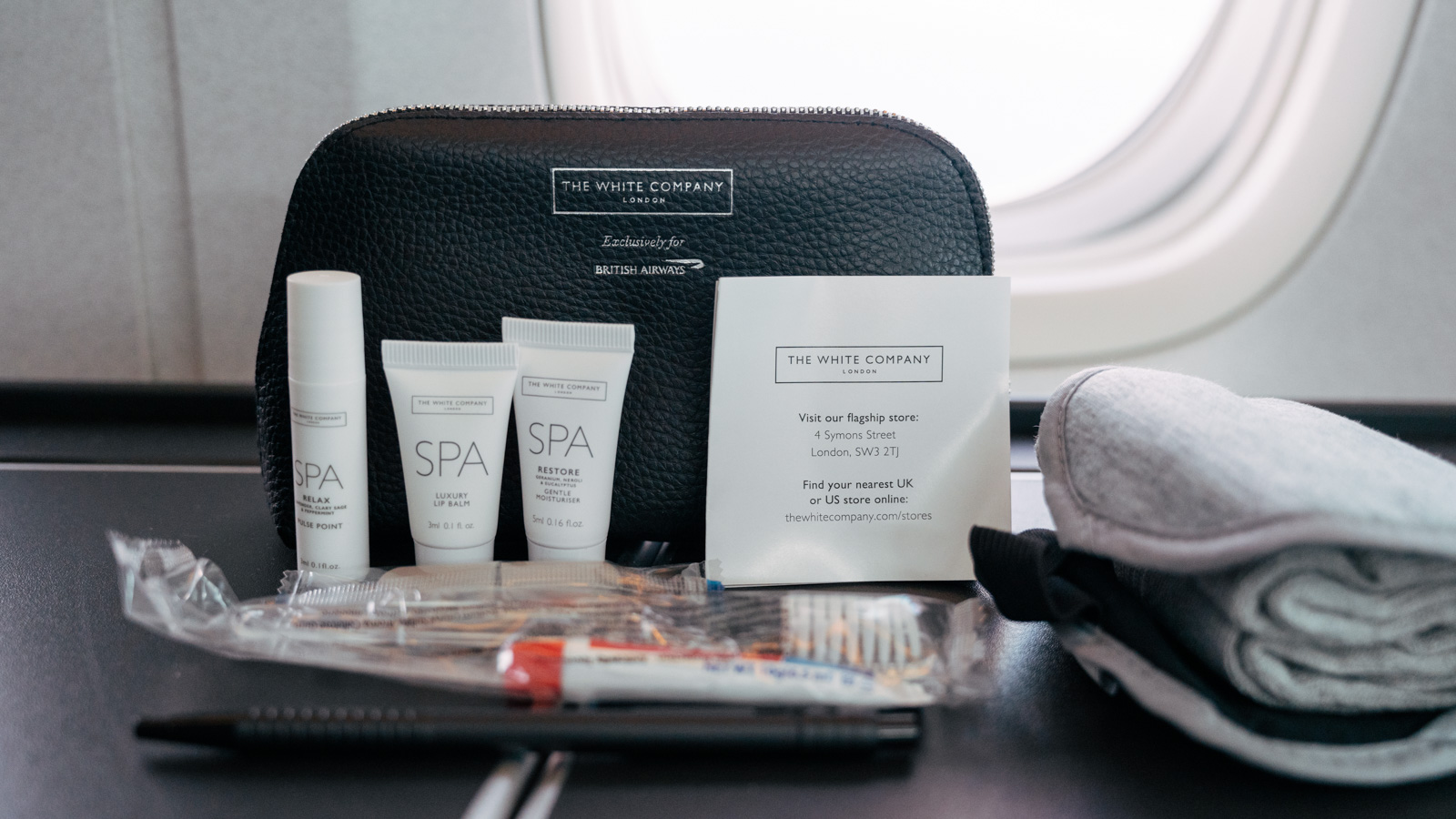
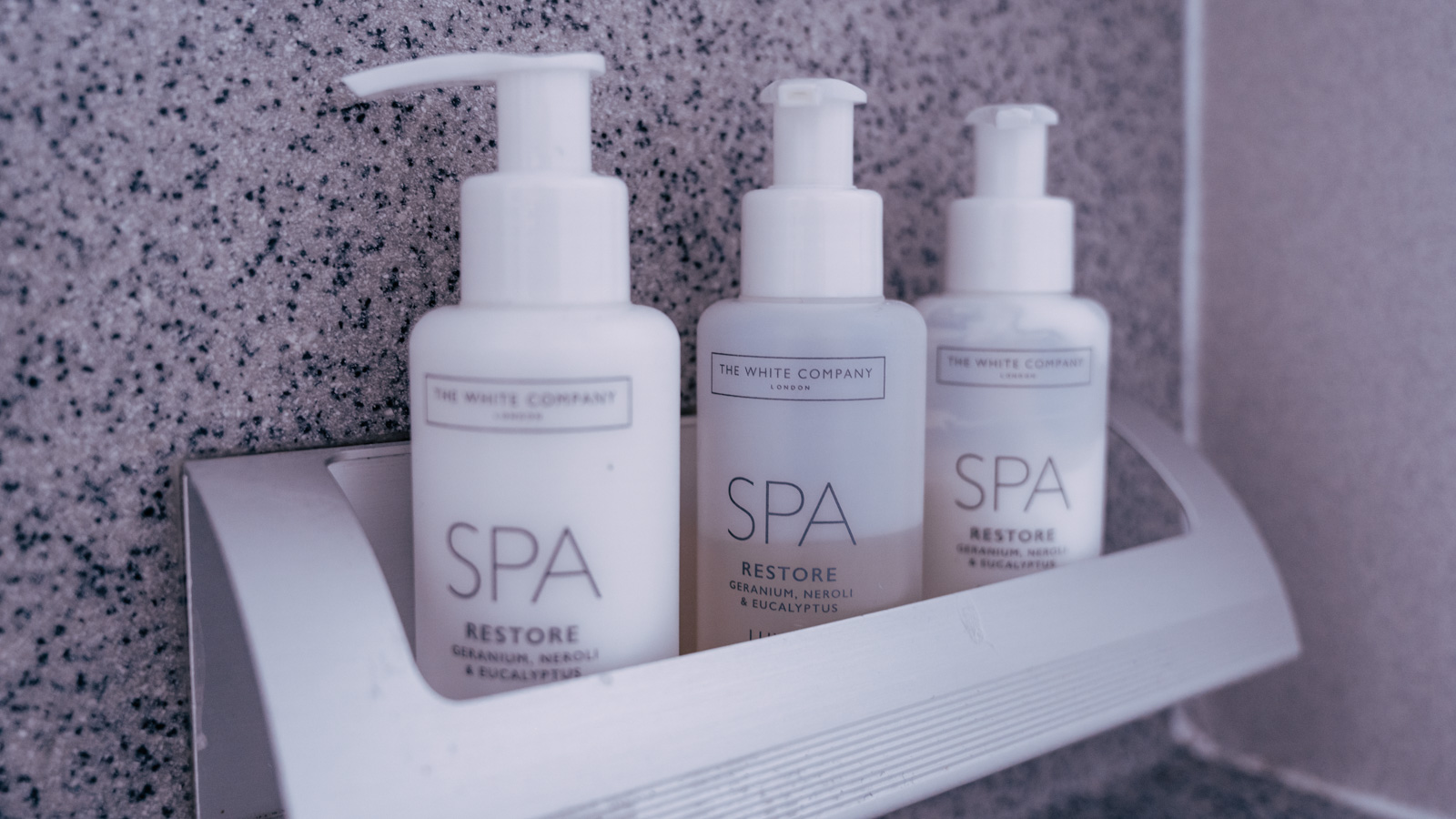
Unfortunately, inflight Wi-Fi is not complimentary in Business Class. The satellite won’t connect for a few hours, and by then, it’s time to sleep. Instead, I test it out for an hour over breakfast with a paid plan. Speeds are relatively quick at 5 Mbps down and 2.9 Mbps up – enough for basic browsing and sharing of photos.
On this flight, Wi-Fi cost:
- Messaging only: £2.99 (soon to become complimentary for Executive Club members)
- 1 hour: £4.99
- 4 hours: £11.99
- Flight pass: £17.99
One of the compartments contains a high-speed USB charging port and an AC charging port. I can use my universal charging adapter without issue.

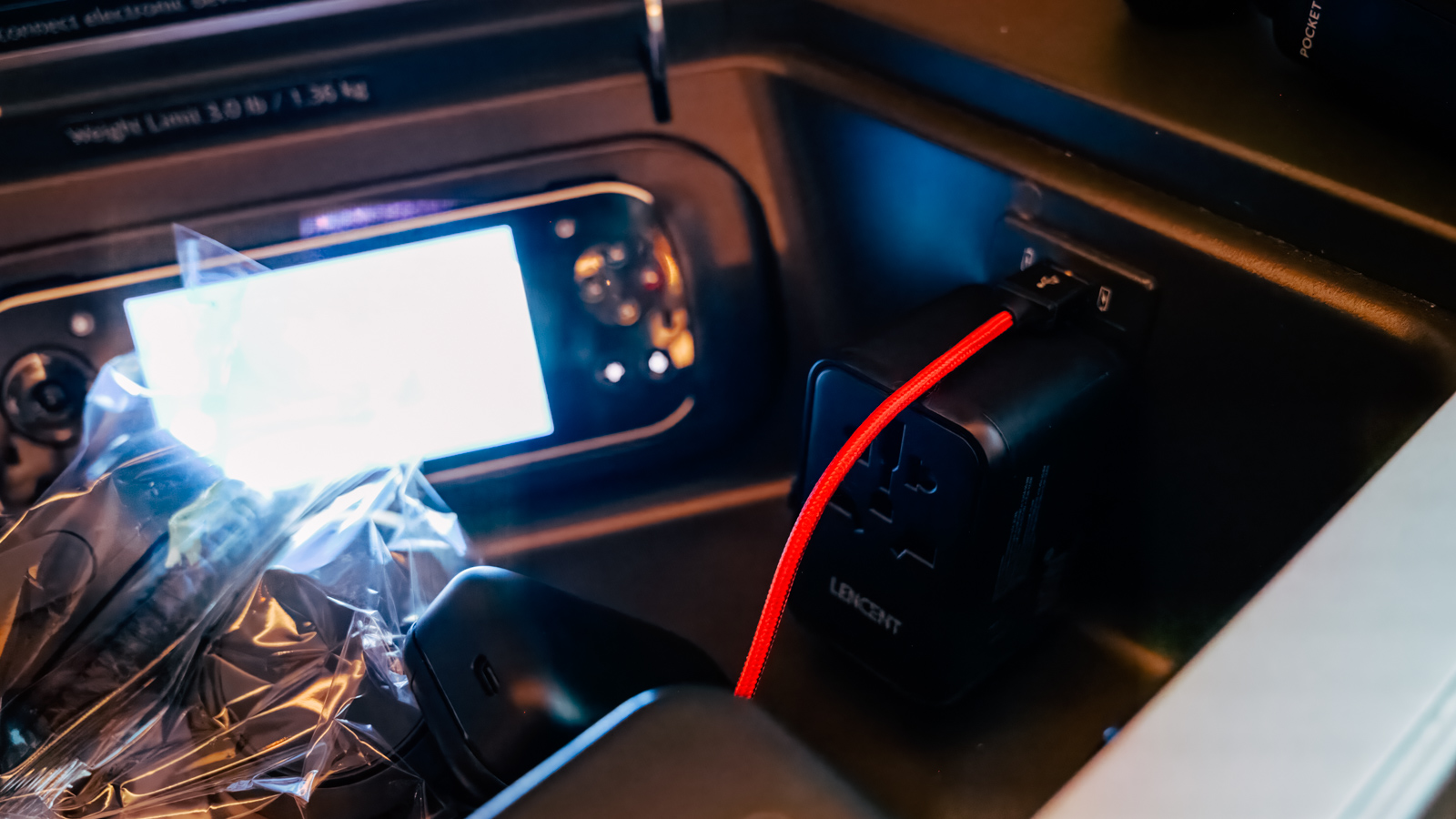
Another thing done right is the entertainment system. The 18.5″ touchscreen is a breeze to use with a modern interface and large tiles. Over dinner, I watch the rom-com No Hard Feelings.
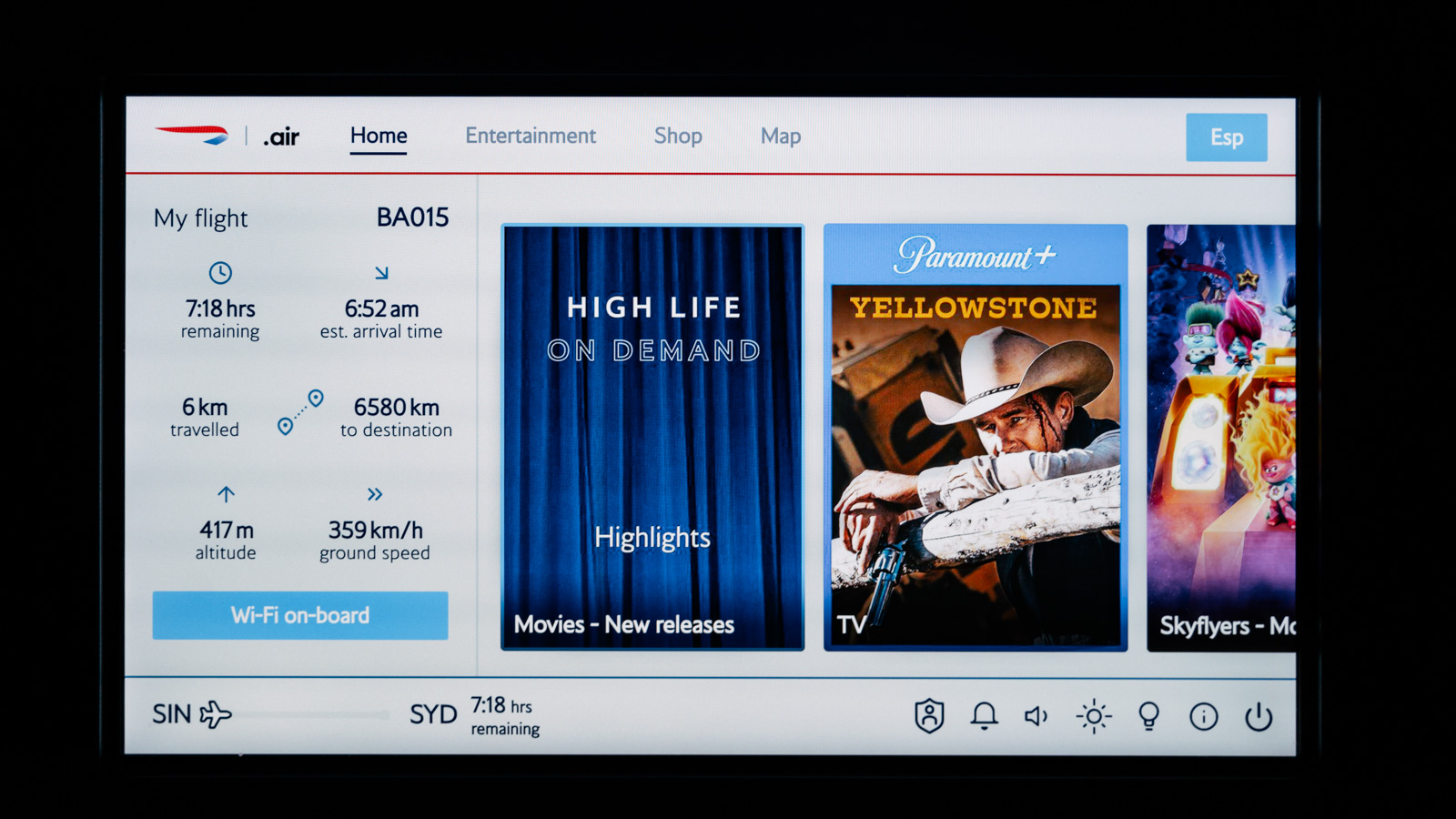
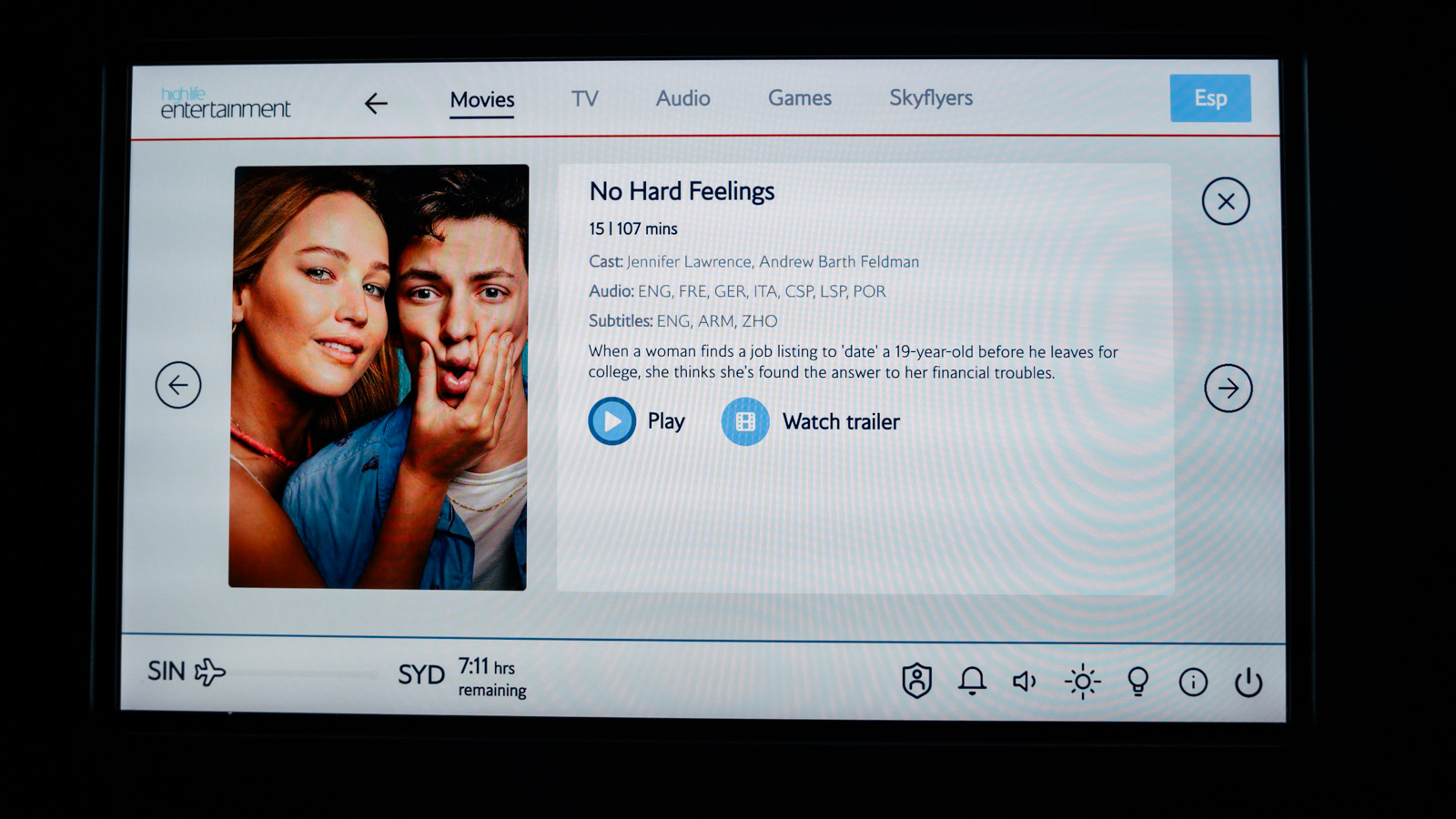
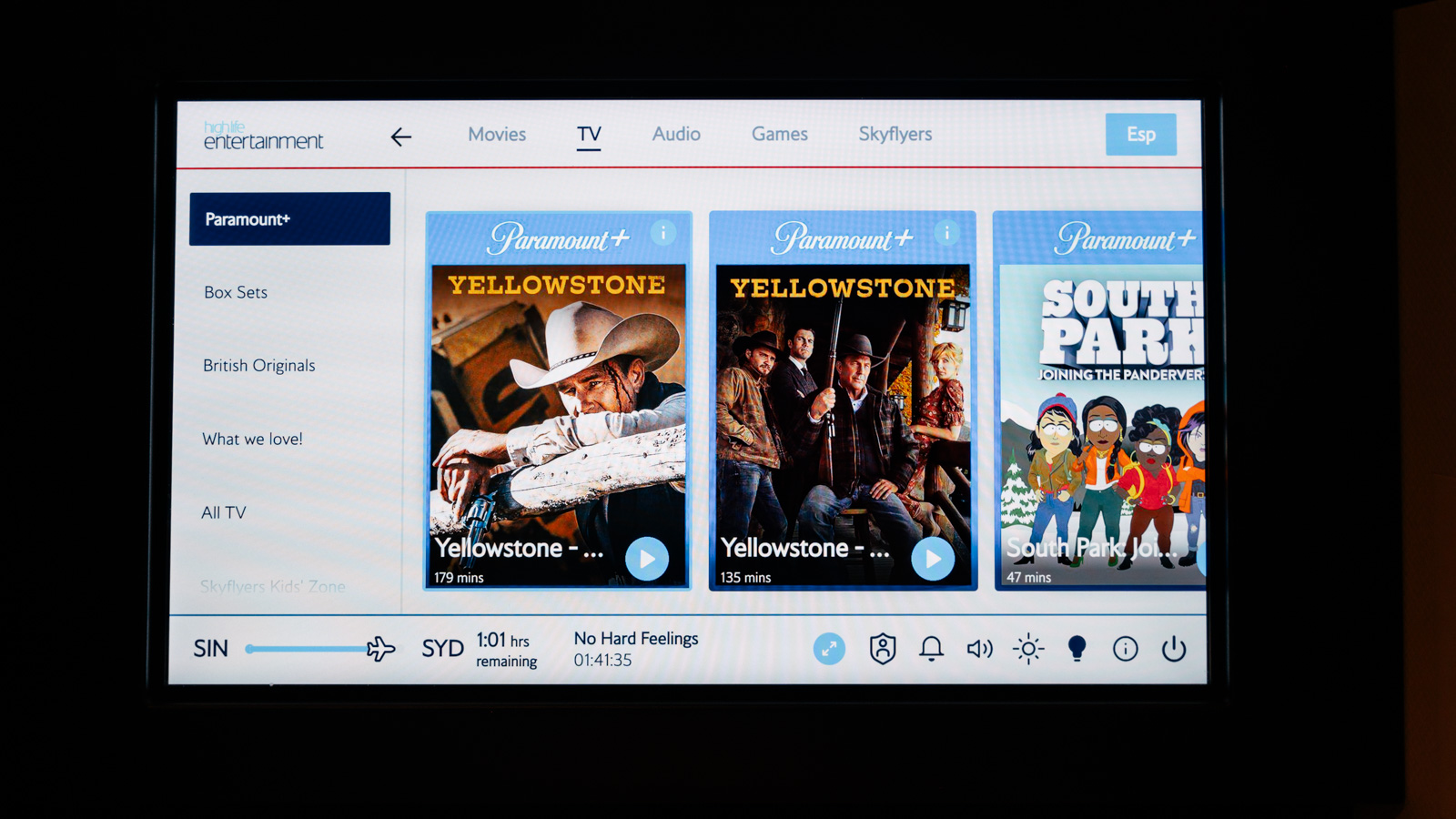

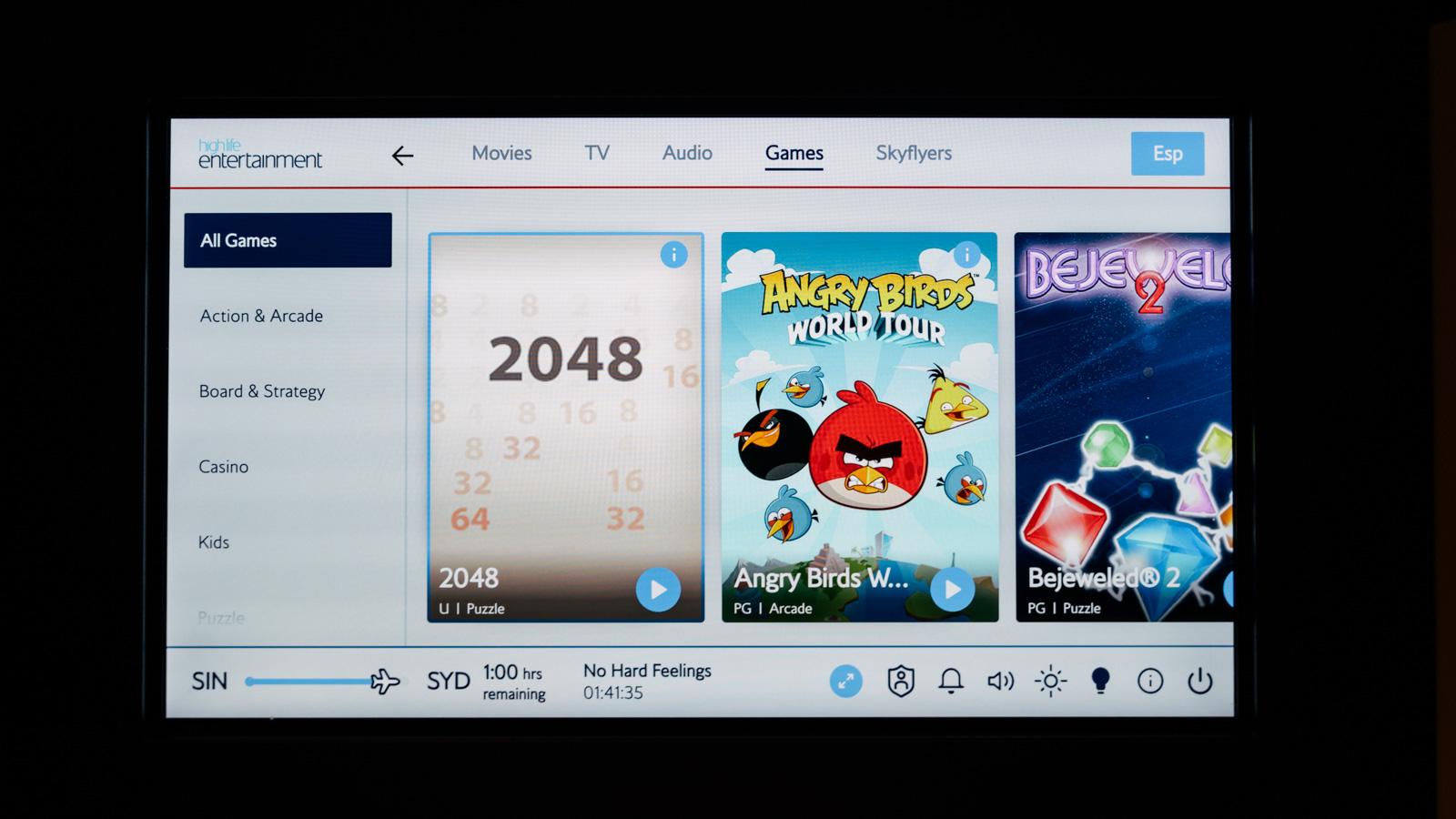
I find that the cabin crew on this flight are very friendly and exude British warmth and humour.
How to book with points
We booked this flight as part of a round-trip itinerary between Melbourne and Colombo for 180,000 Qantas Points + A$796, per person. Booked separately, this leg usually costs:
- American Airlines AAdvantage: 40,000 AA miles + US$348.30 (~A$531)
- British Airways Executive Club: 90,000 Avios + A$527.48
- Cathay: 63,000 Asia Miles + HKD2,728 (~A$531)
- Qantas Frequent Flyer: 75,000 Qantas Points + SG$471 (~A$532)
If you’re transferring points to a partner program, Asia Miles is a good pick, as you require fewer miles/points than Qantas. Of course, AAdvantage miles offer the best rate, but those are harder to source in Australia without buying them outright.
Carrier charges and fees on this flight are high, amounting to roughly A$530 in all programs. There’s no way around this BA surcharge, unfortunately.
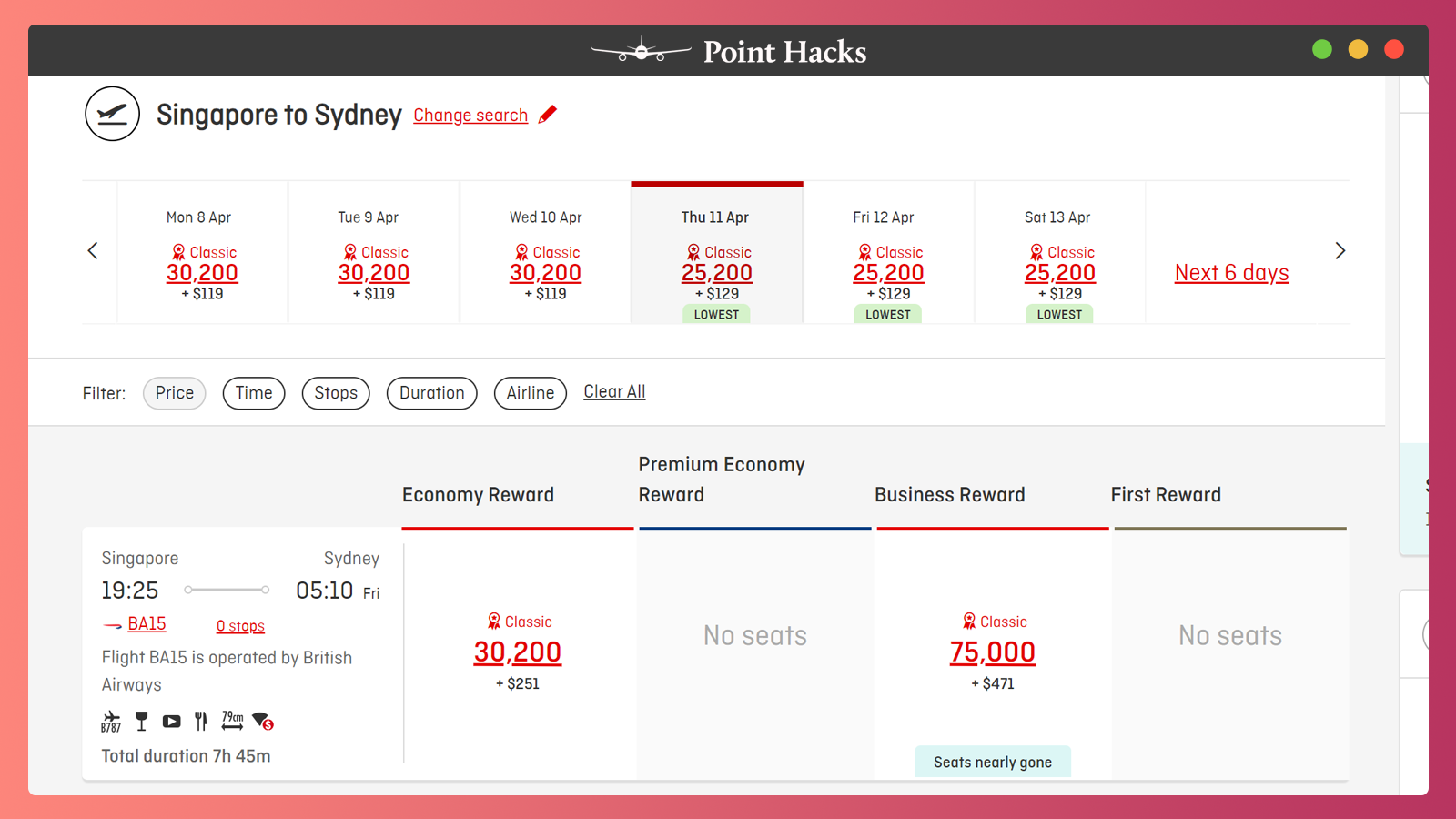
Our verdict
There’s no denying that British Airways’ new Club World Suites are a major improvement over the previous seat. The cabin is simply stunning. It’s the small things that make the difference, from the white accent stitching to the illuminated BA logo on each front bulkhead.
If my tastebuds could talk, they’d still be singing the praises of the pan-seared scallops and prawn tartare. I’m also quite happy with the food and beverage menu in general, as well as the provided bedding and amenities.
The main aspect that drags down the score a bit is the price. Paying nearly A$415 in carrier charges (the remaining A$116 are actual taxes) is quite steep for a 7.5-hour flight. But if you can stomach the cost, the British Airways Club Suites experience is a jolly good one.
Also read: British Airways Boeing 777 World Traveller Plus (Premium Economy) review →
Photography by Brandon Loo, who travelled at Point Hacks’ expense.
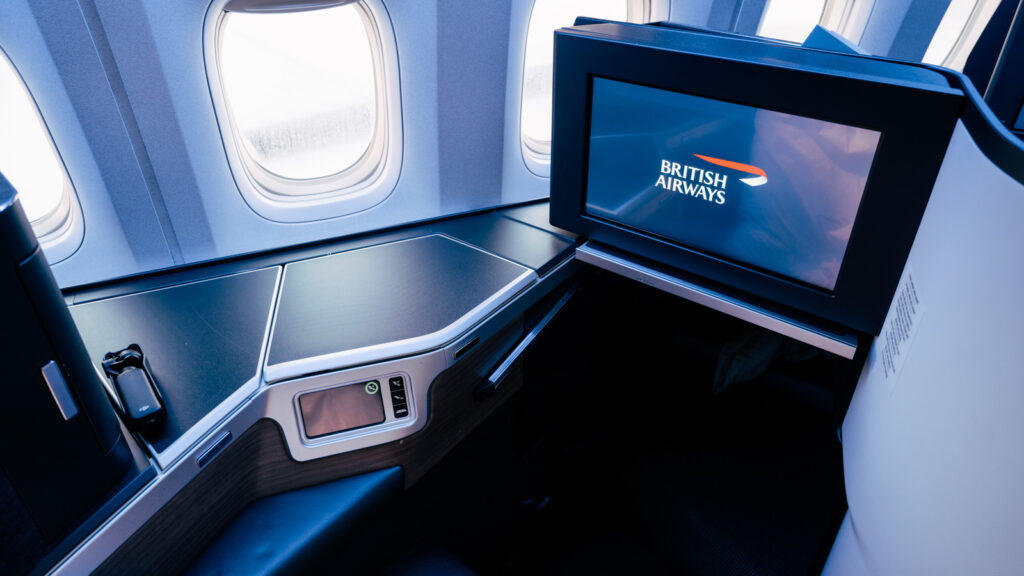
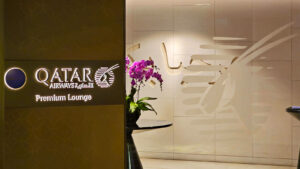
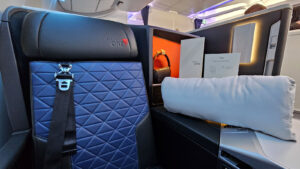



All night the crew were stage whispering and bustling up and down the aisle for no apparent reason. I asked for help to close the stuck door of the suite and they gave up and said it was up to me to sort it out.
On top of that, I stupidly left a coat behind in my seat and they didn’t bother to contact me to say they had it.
Contrast this with Singapore Airlines who found a hat (yes, I do leave things behind a lot) and kept it for me to give back on my return flight. And that was flying economy.
If I’d paid for that BA flight with my own money I’d have been absolutely ropable.